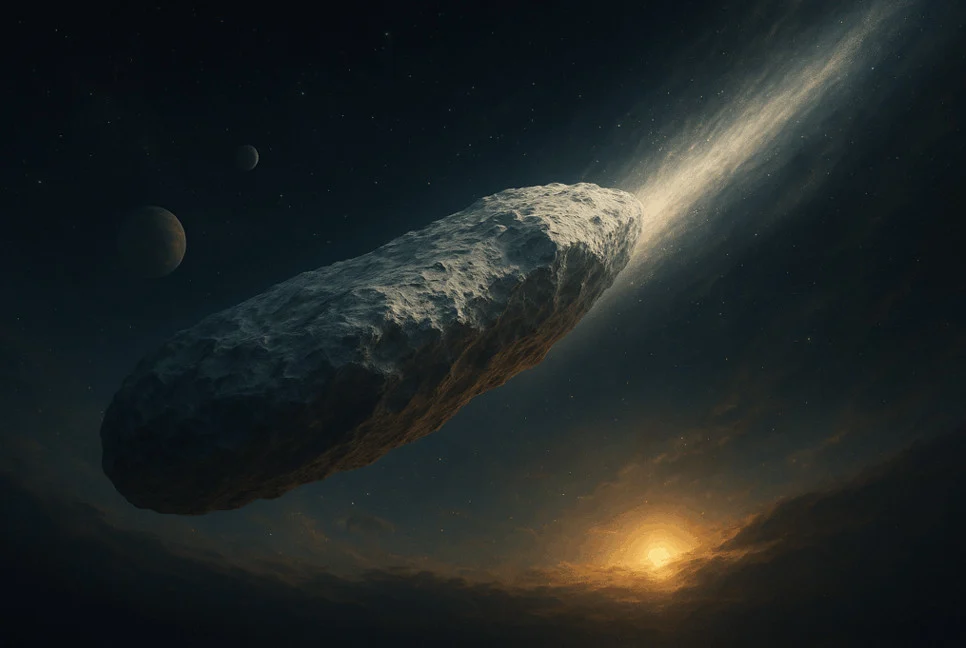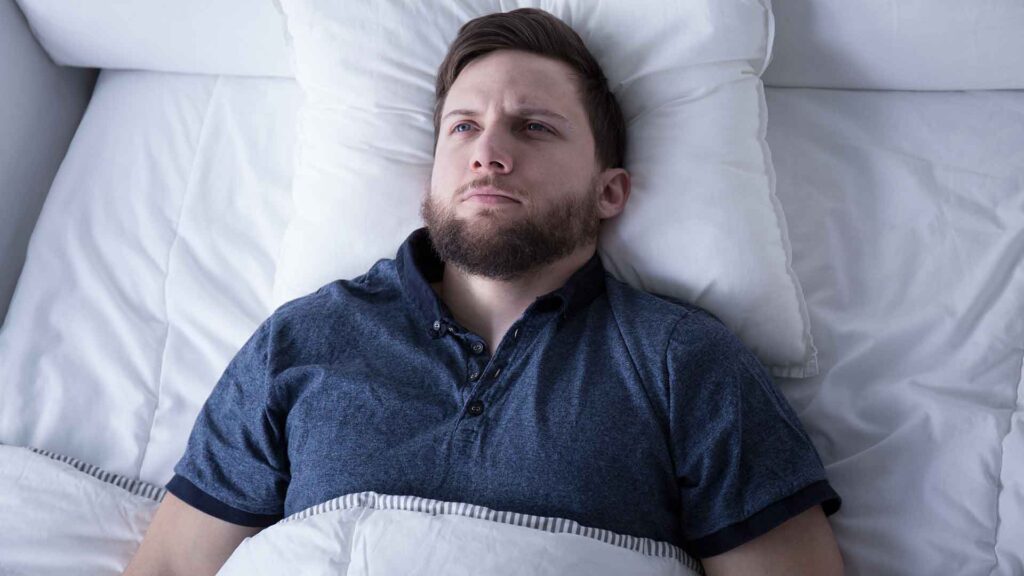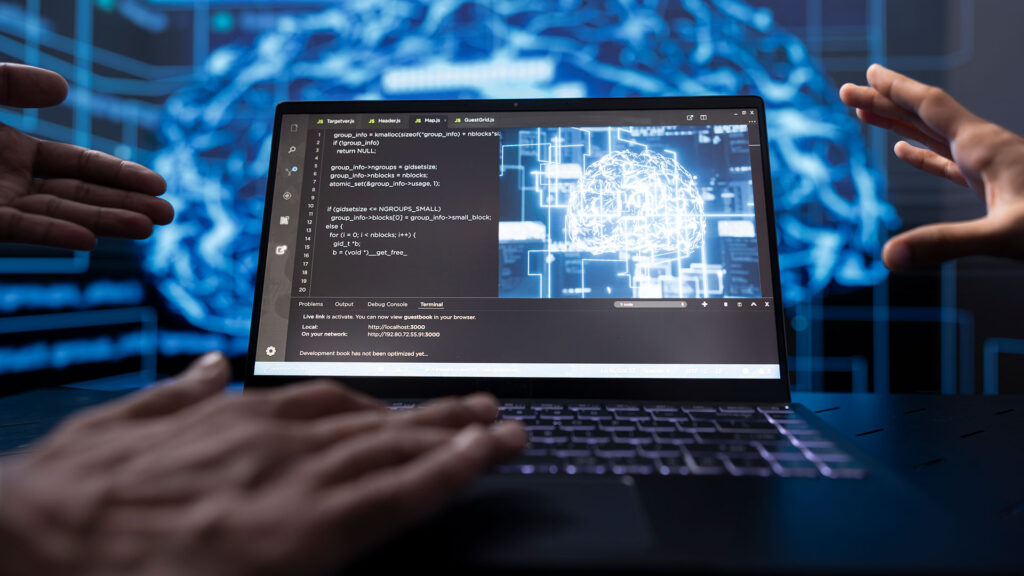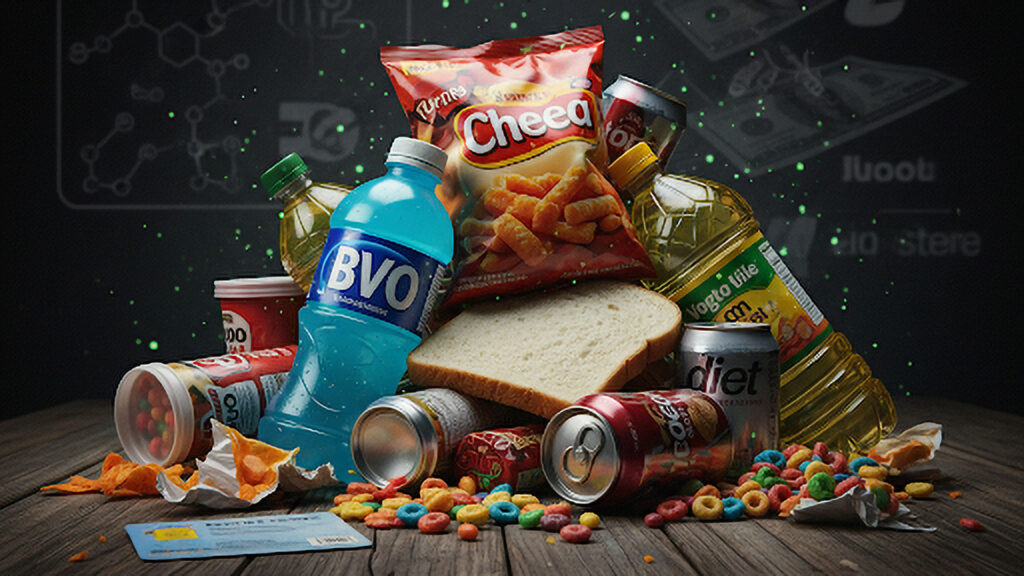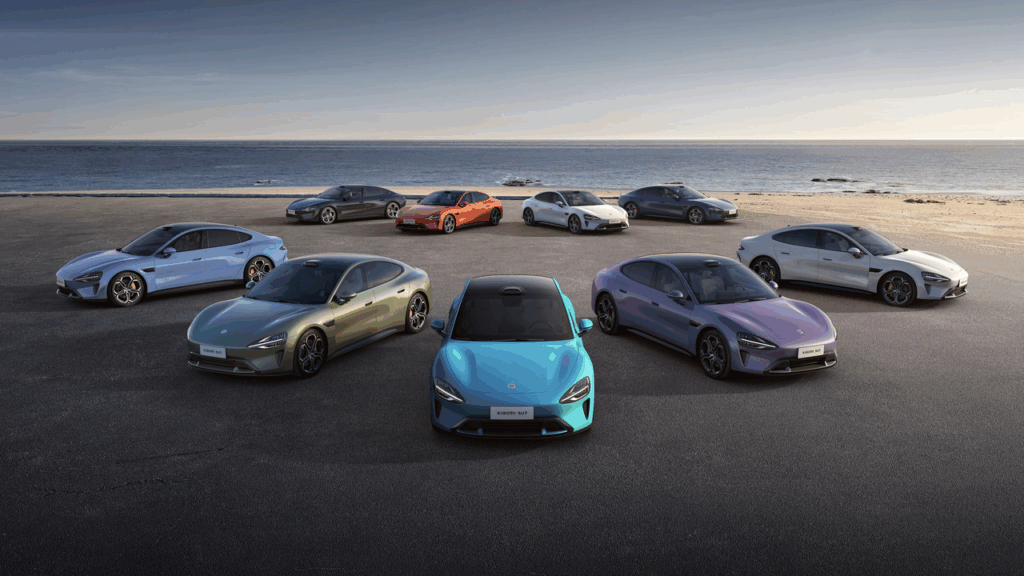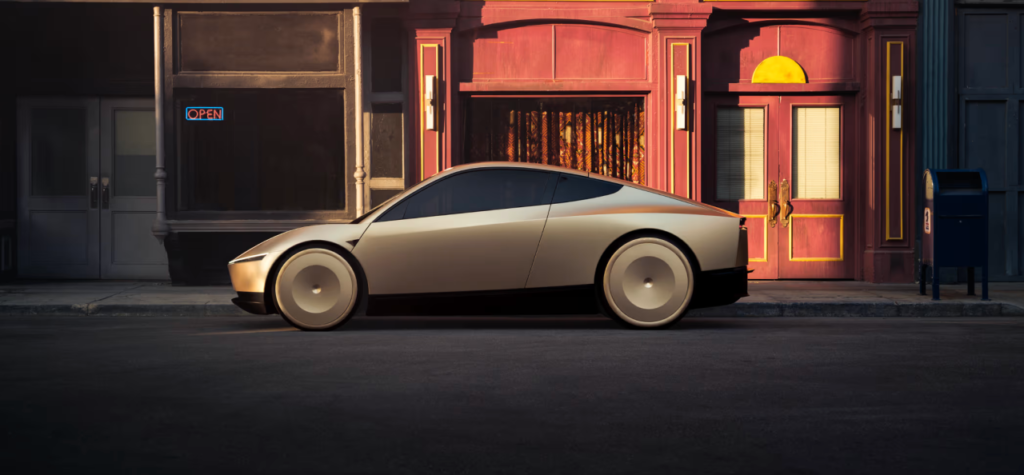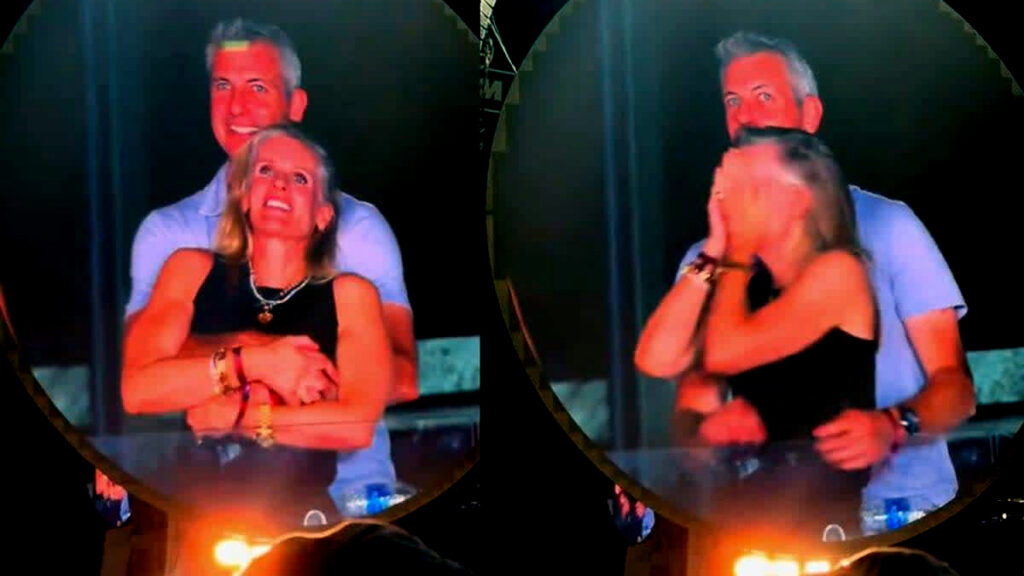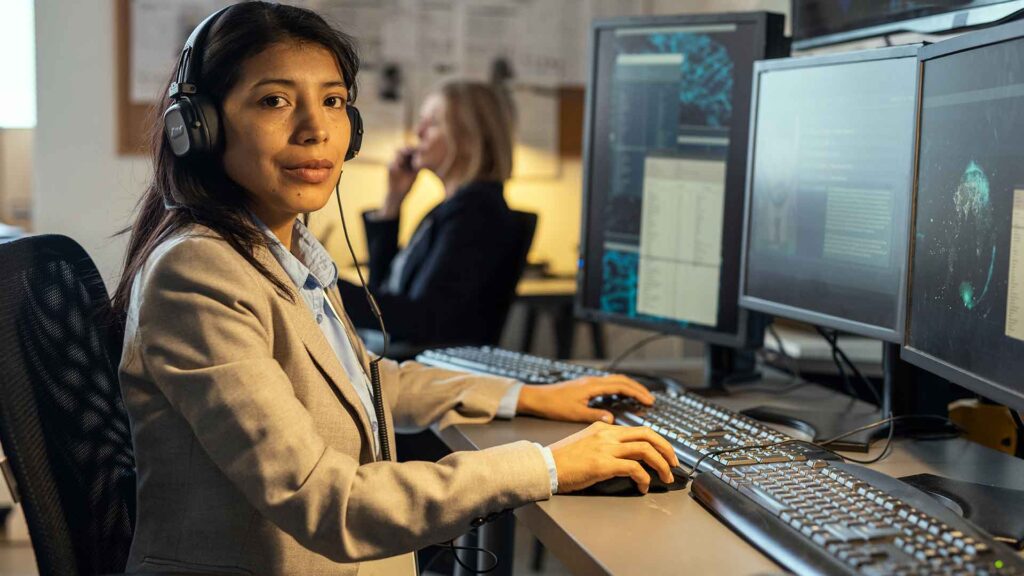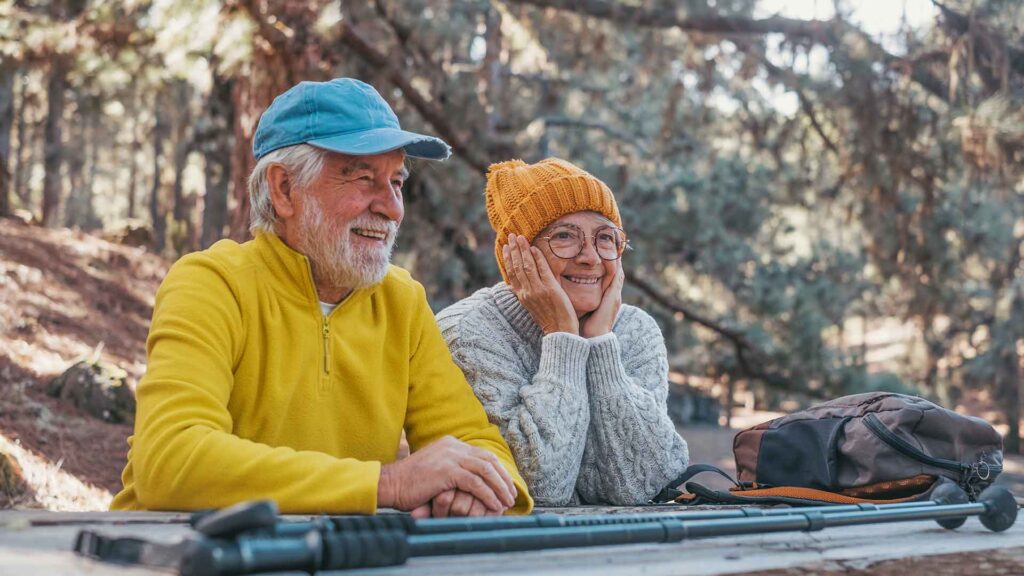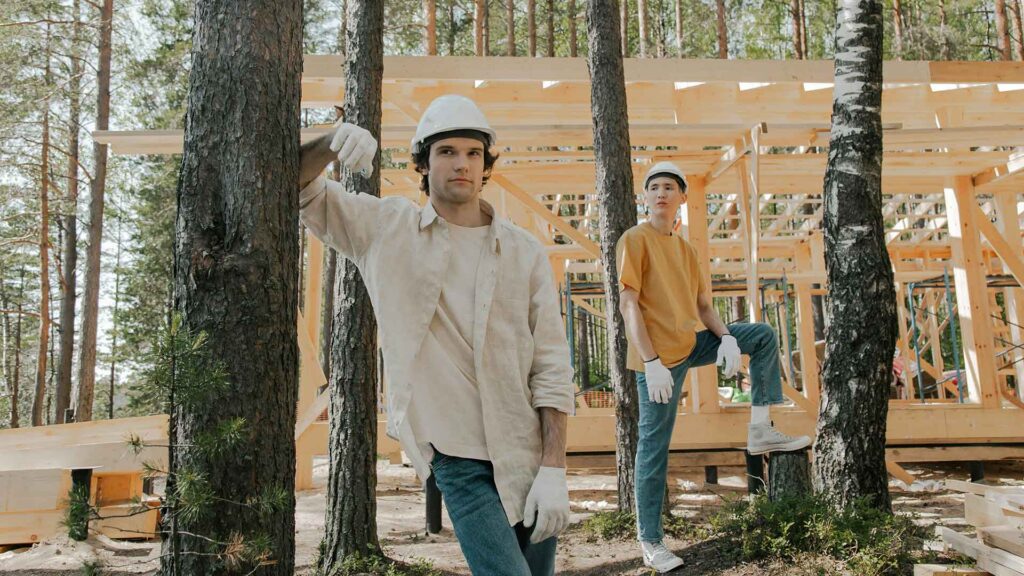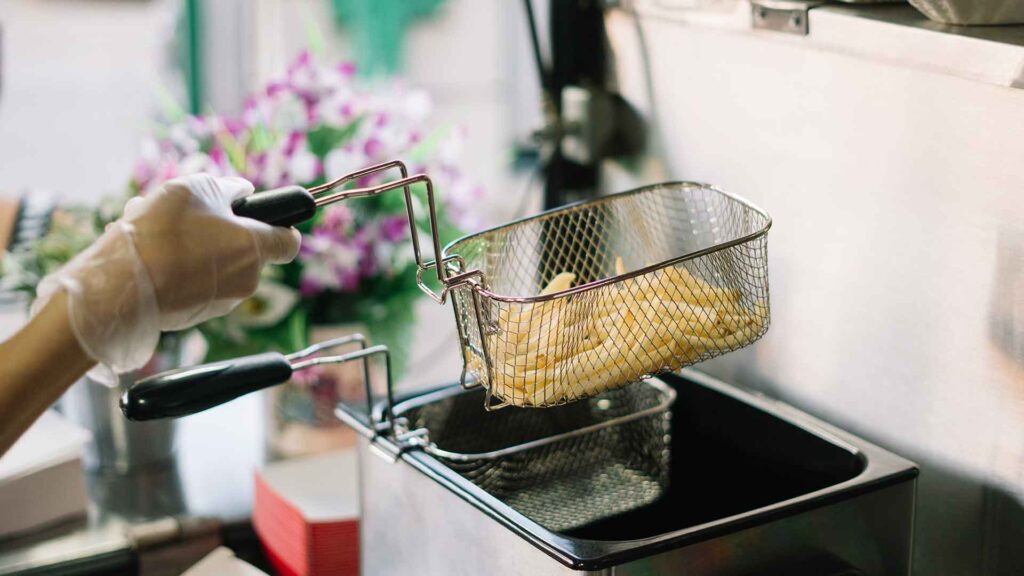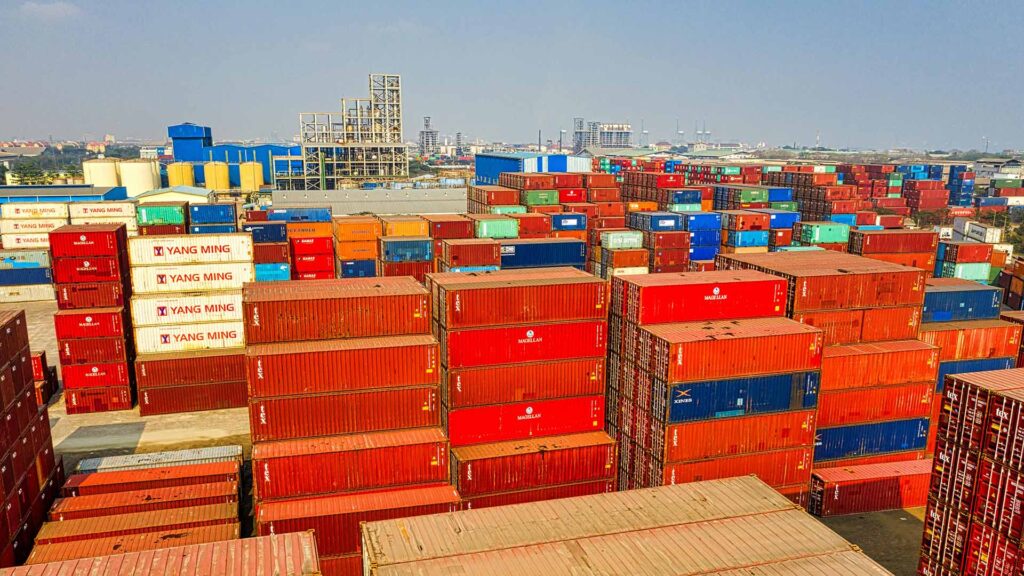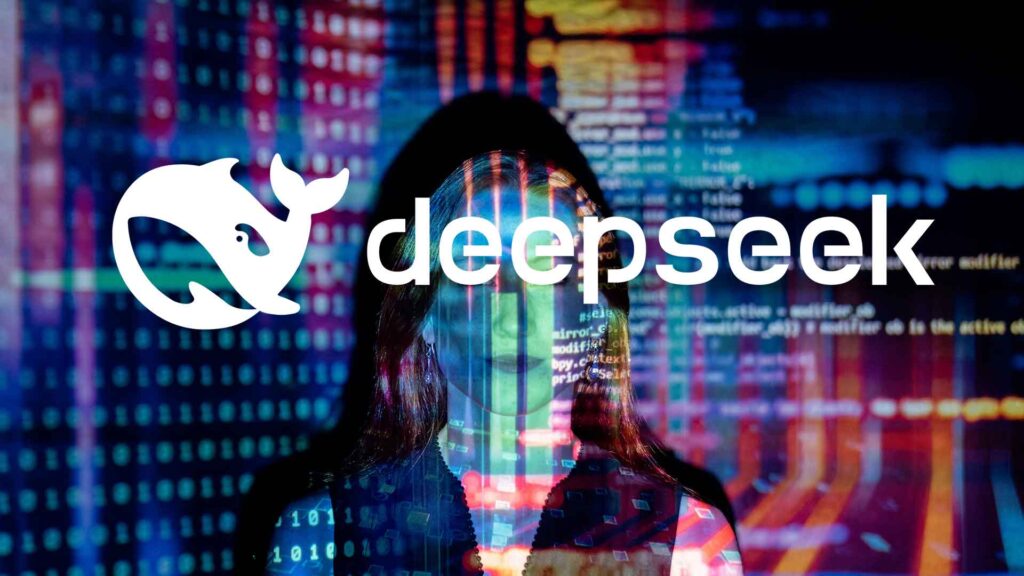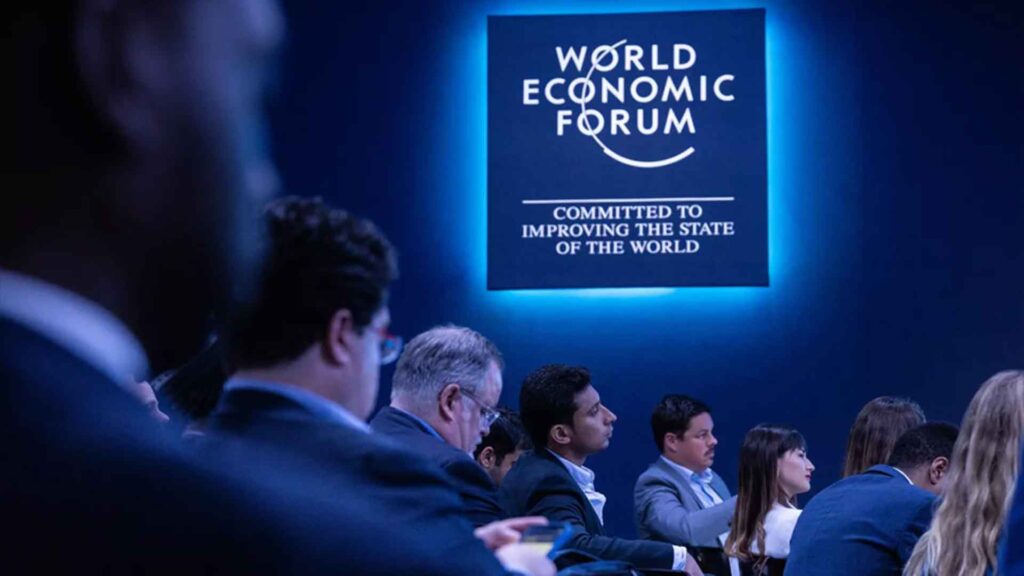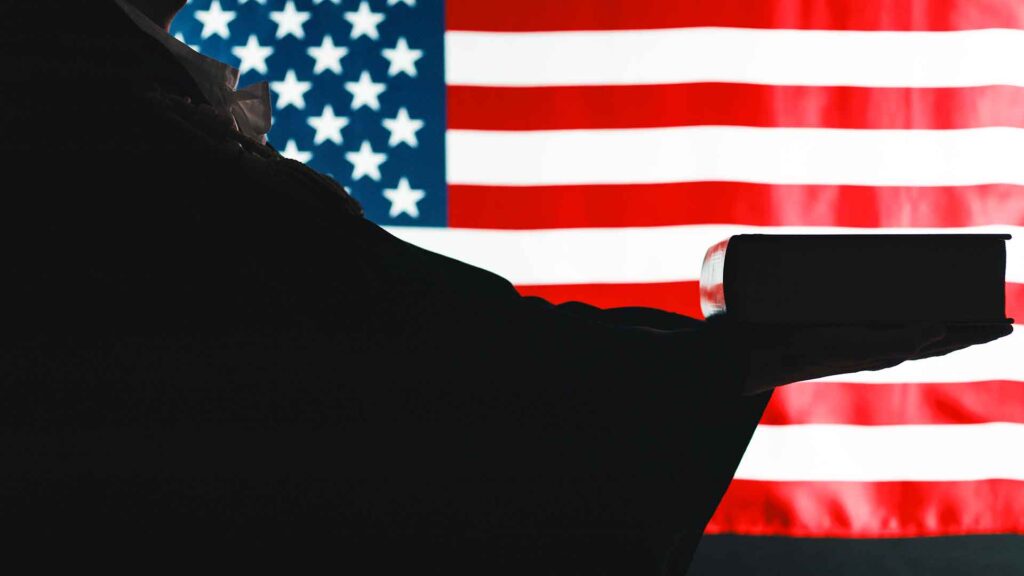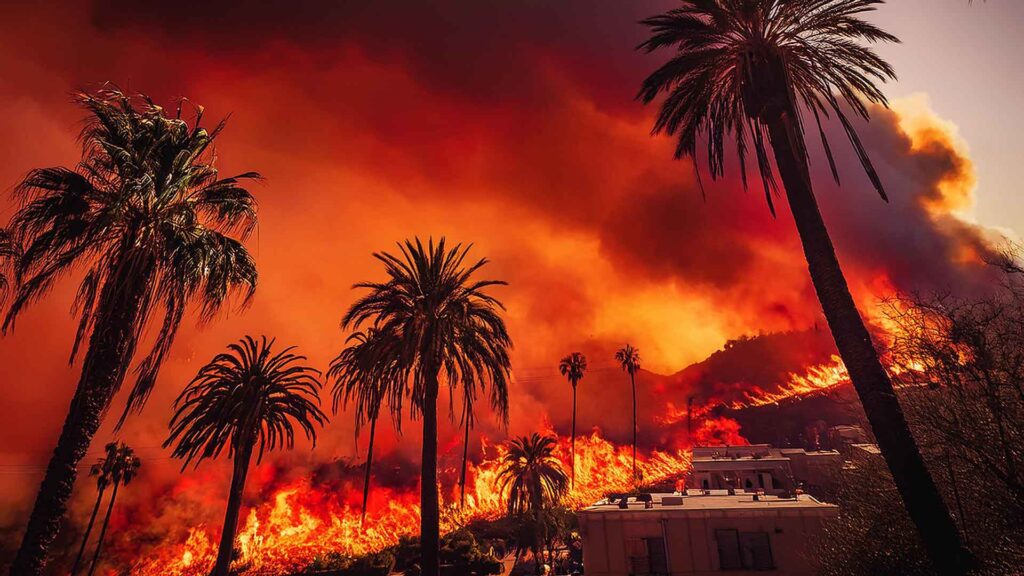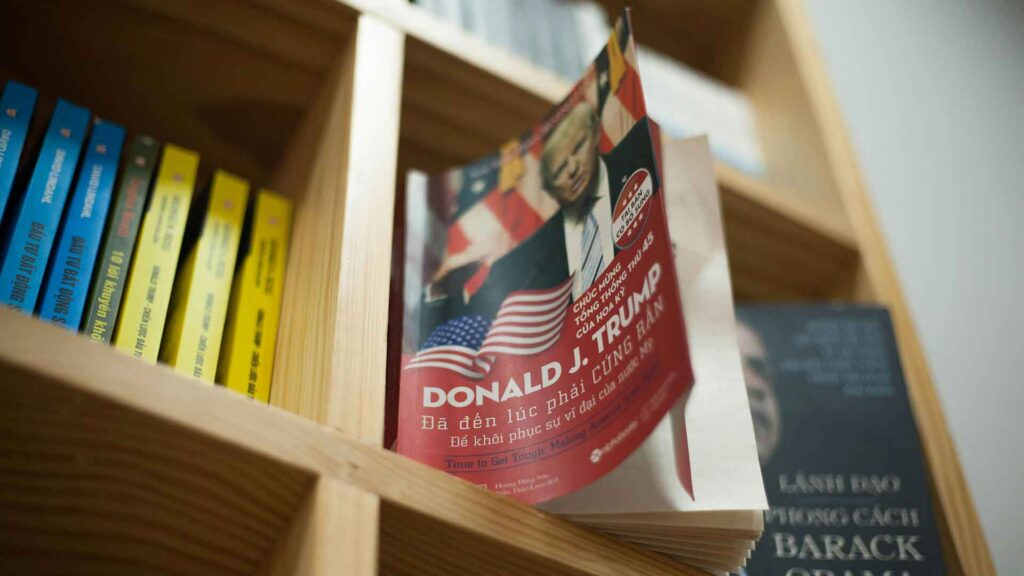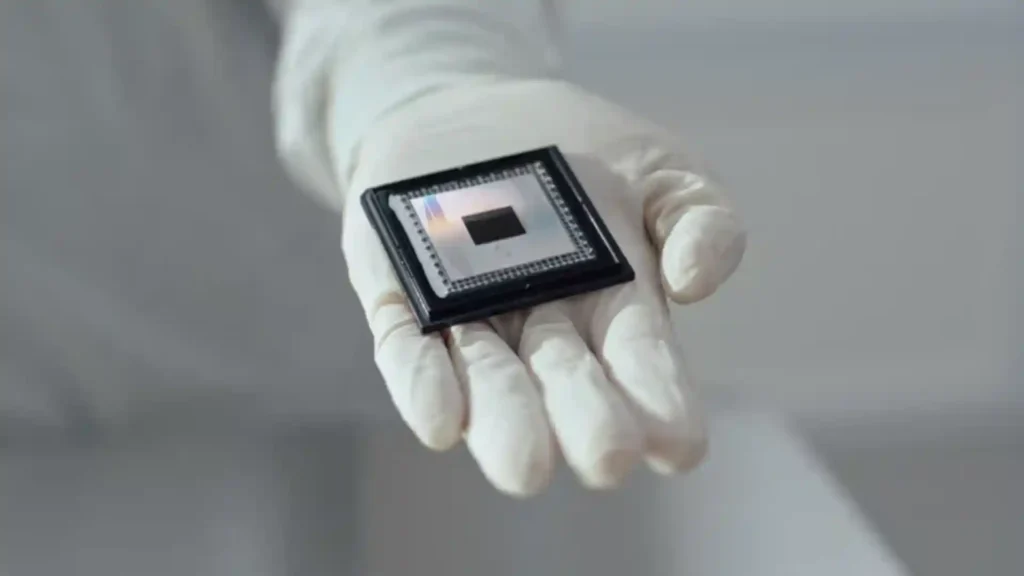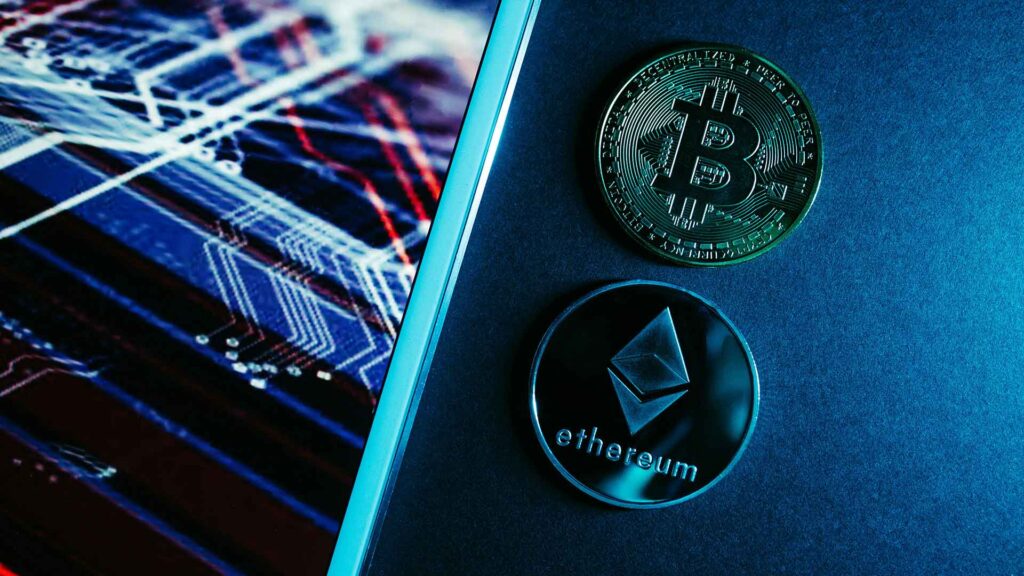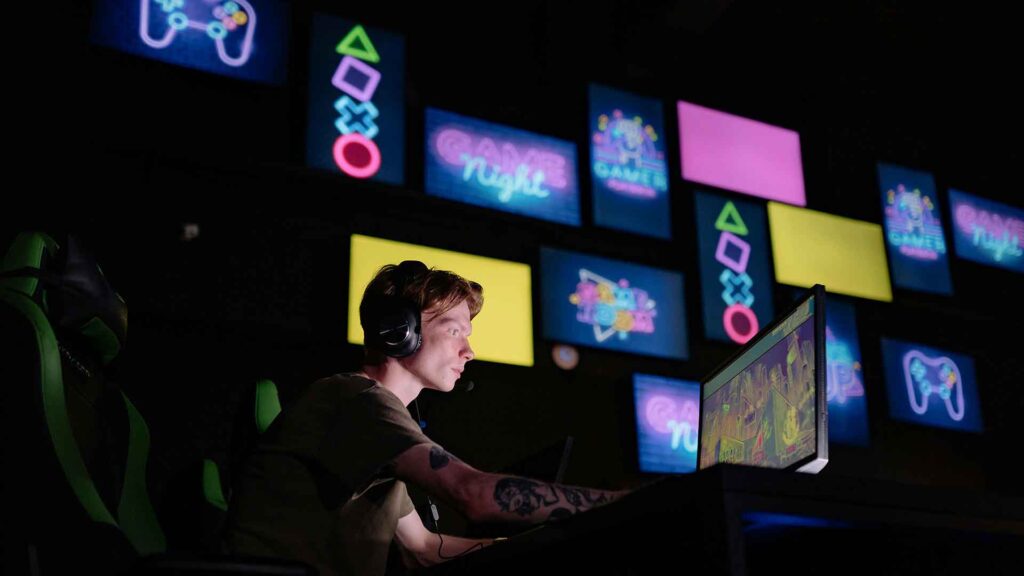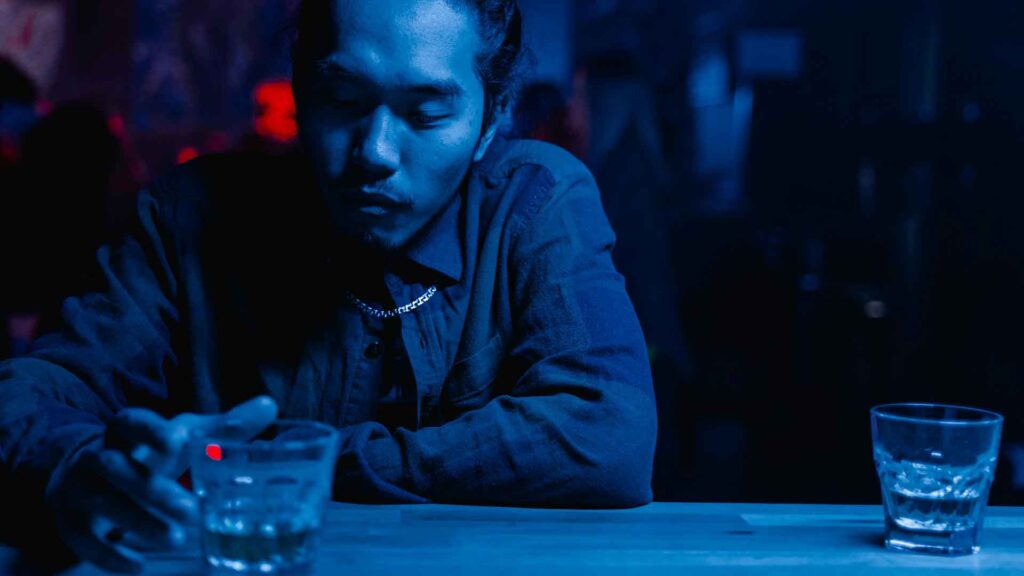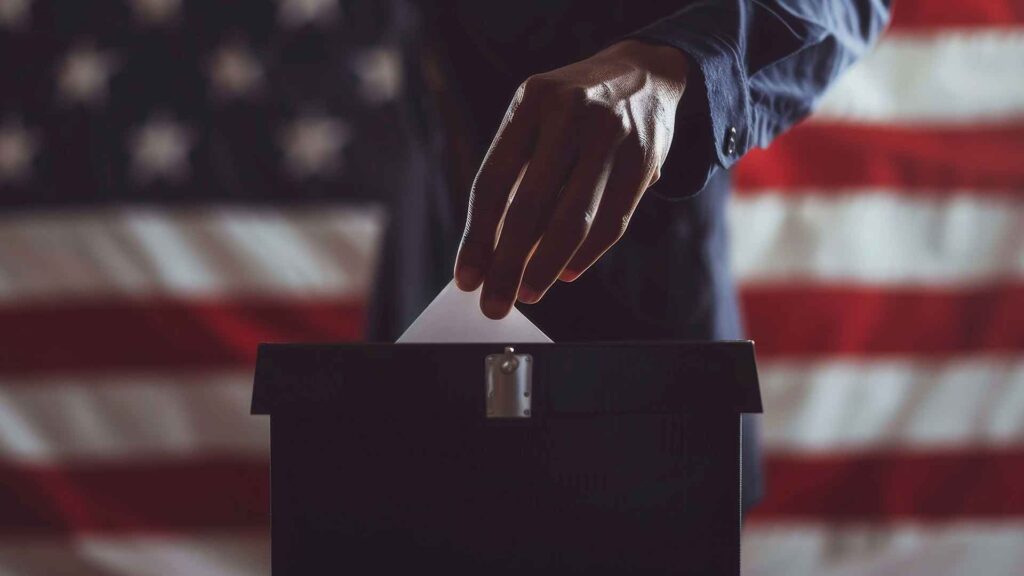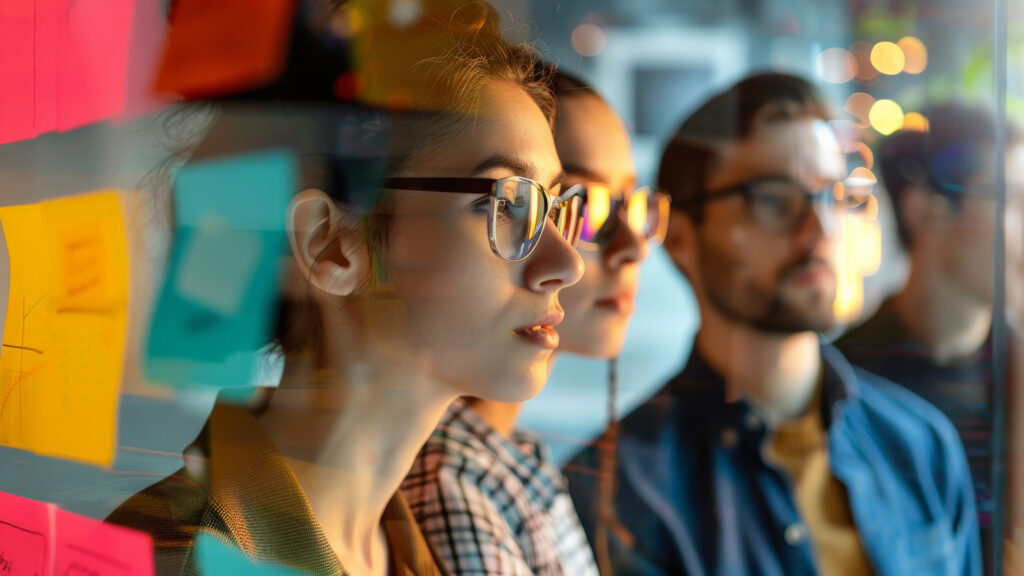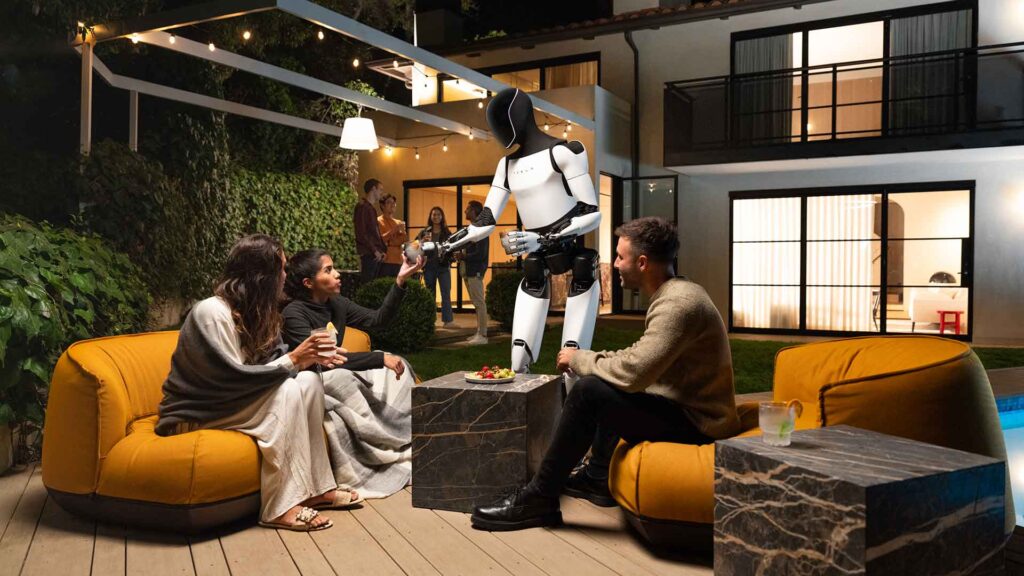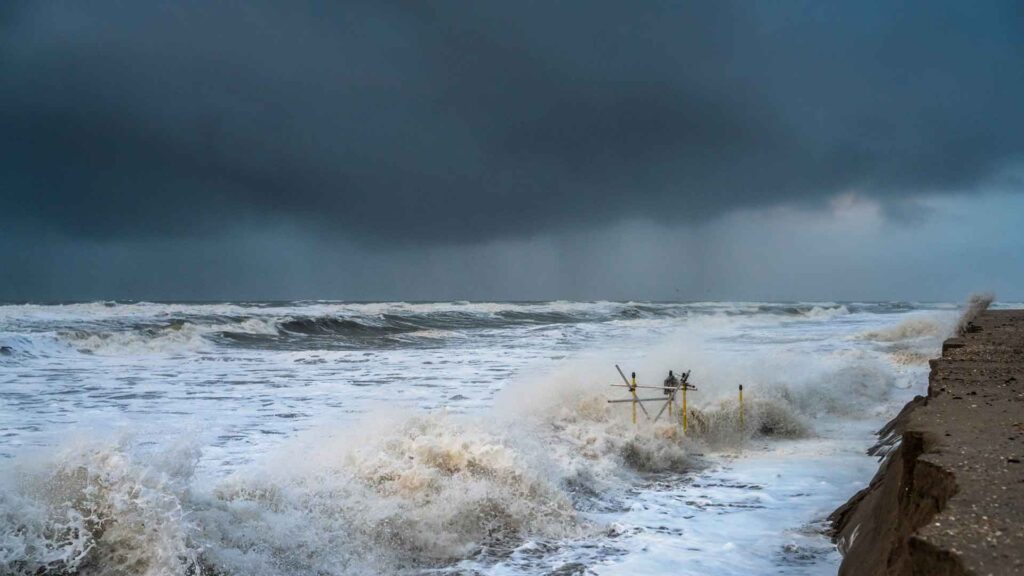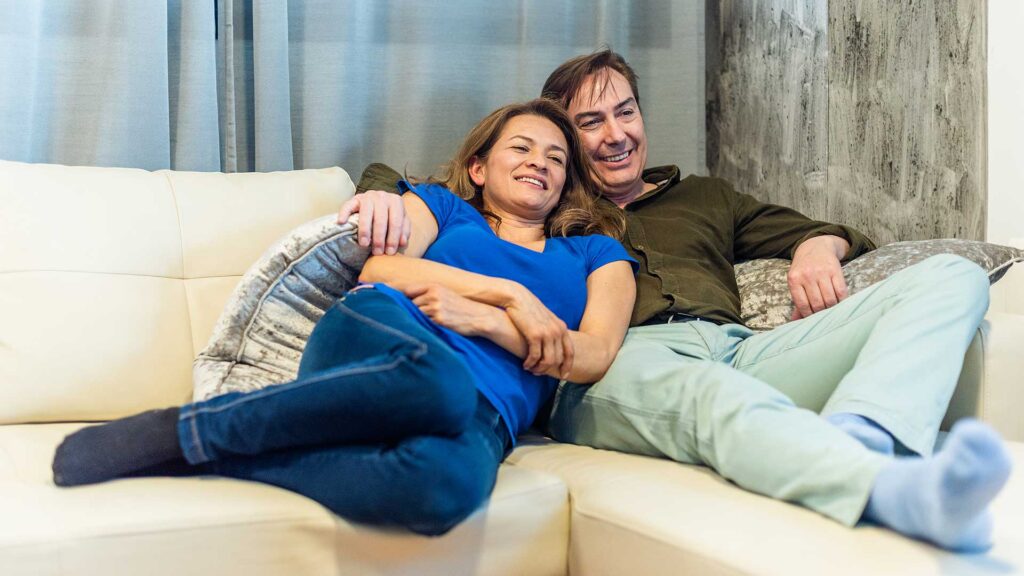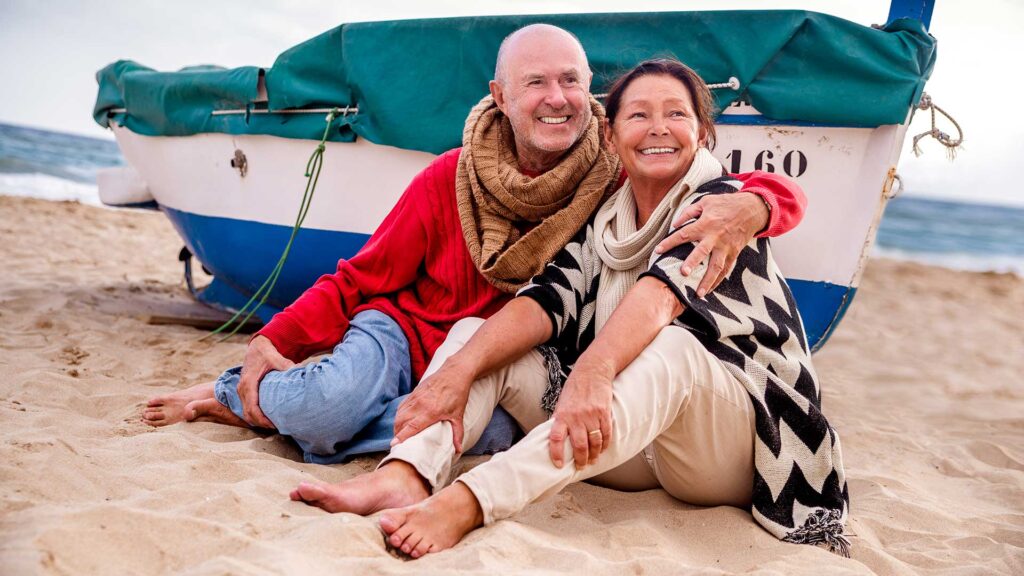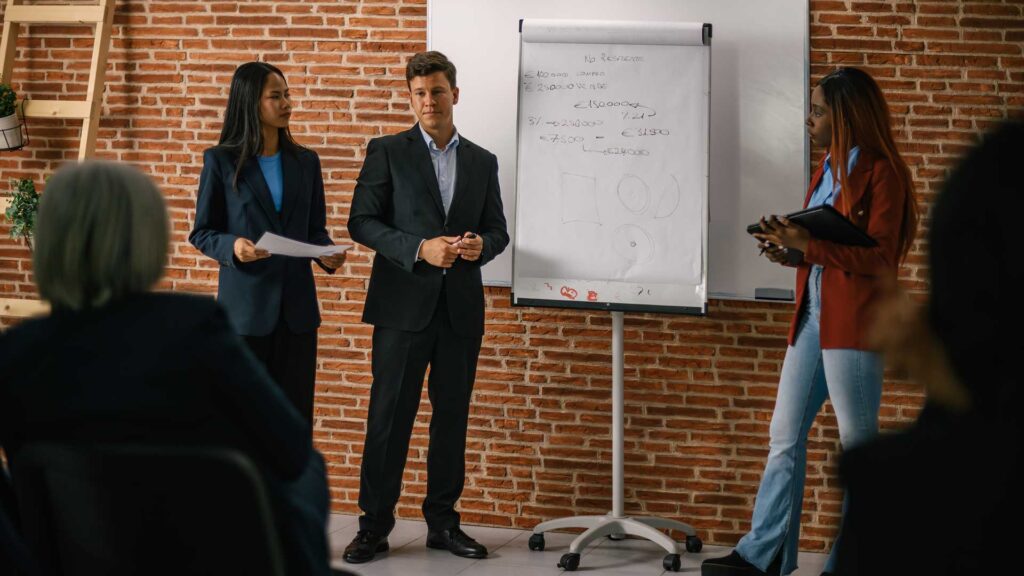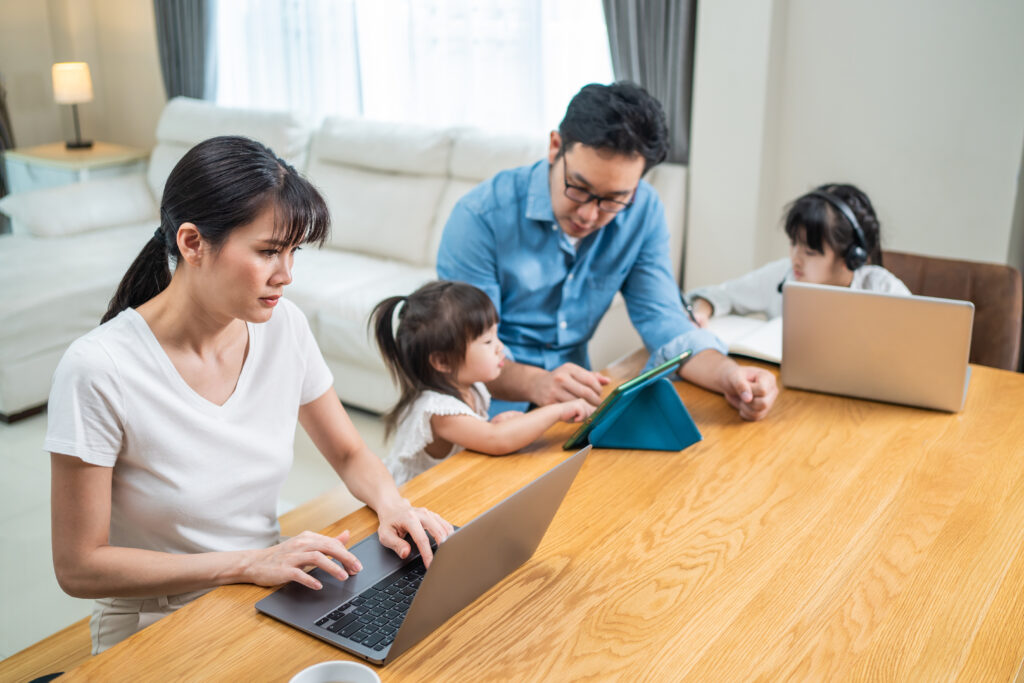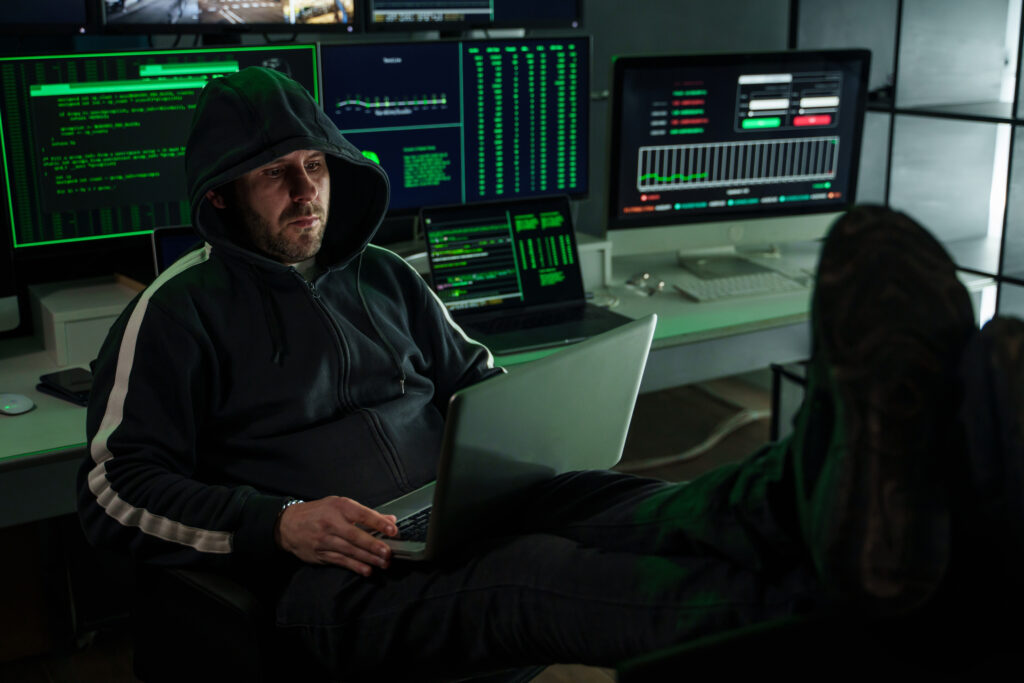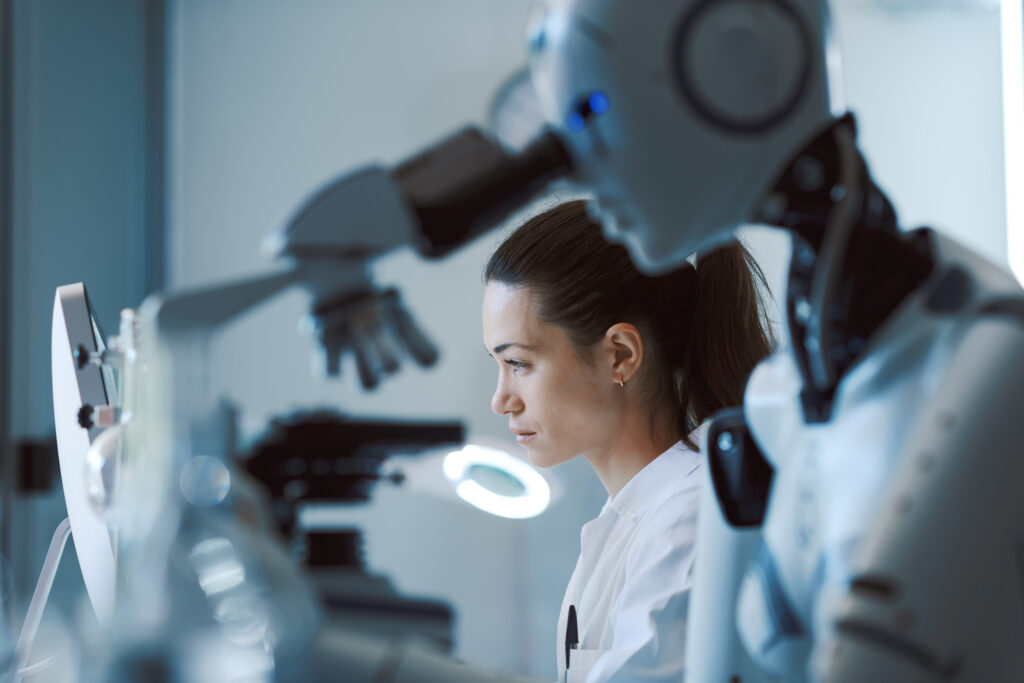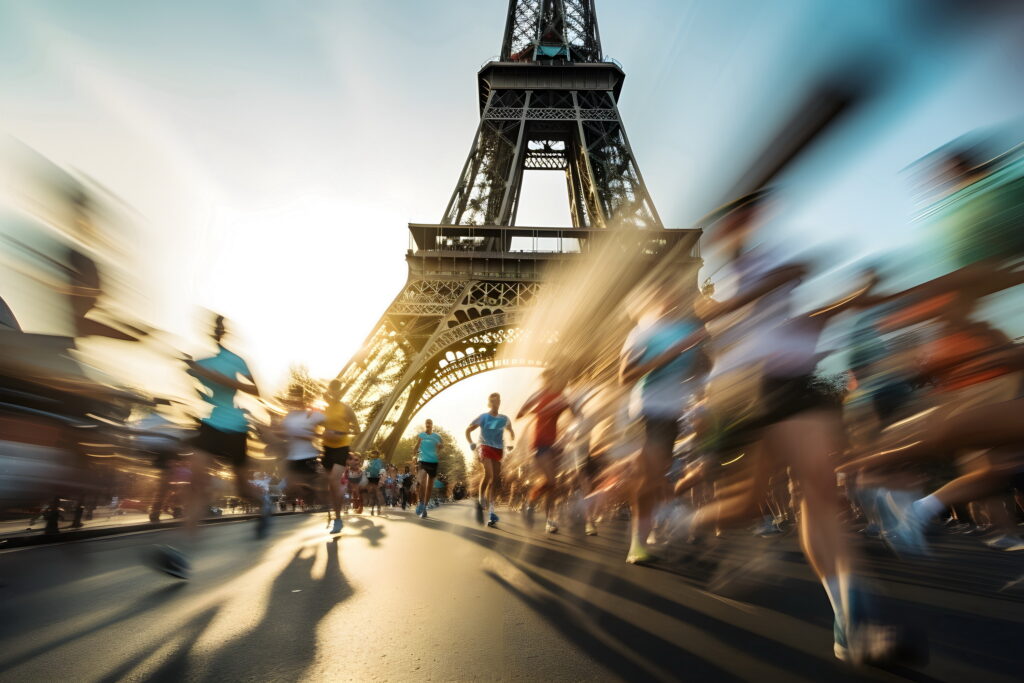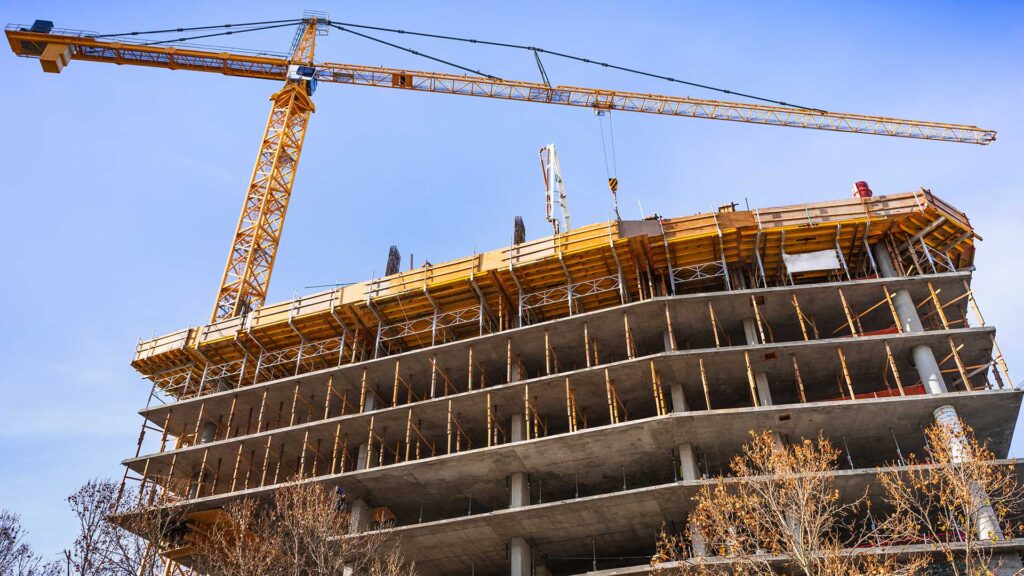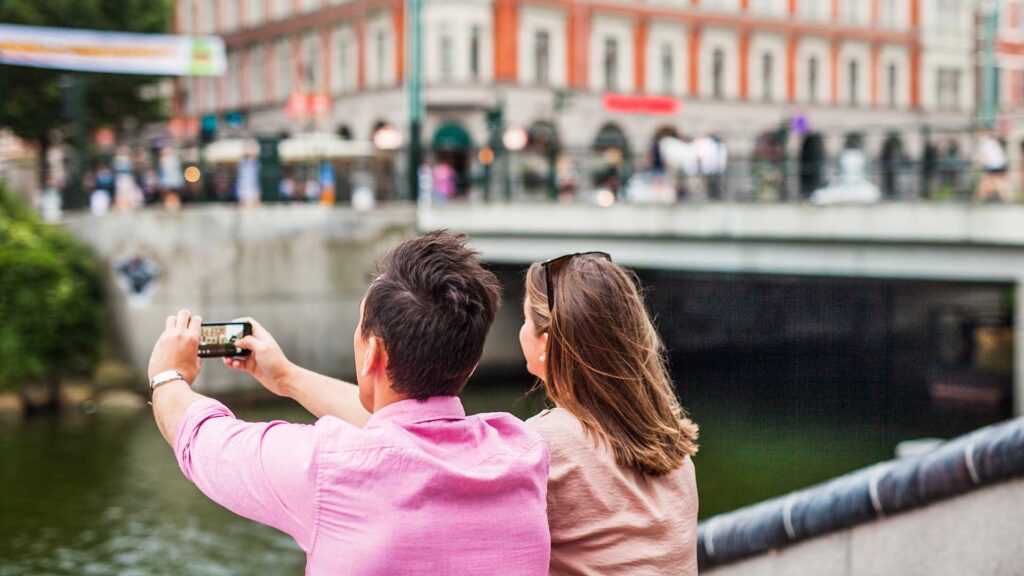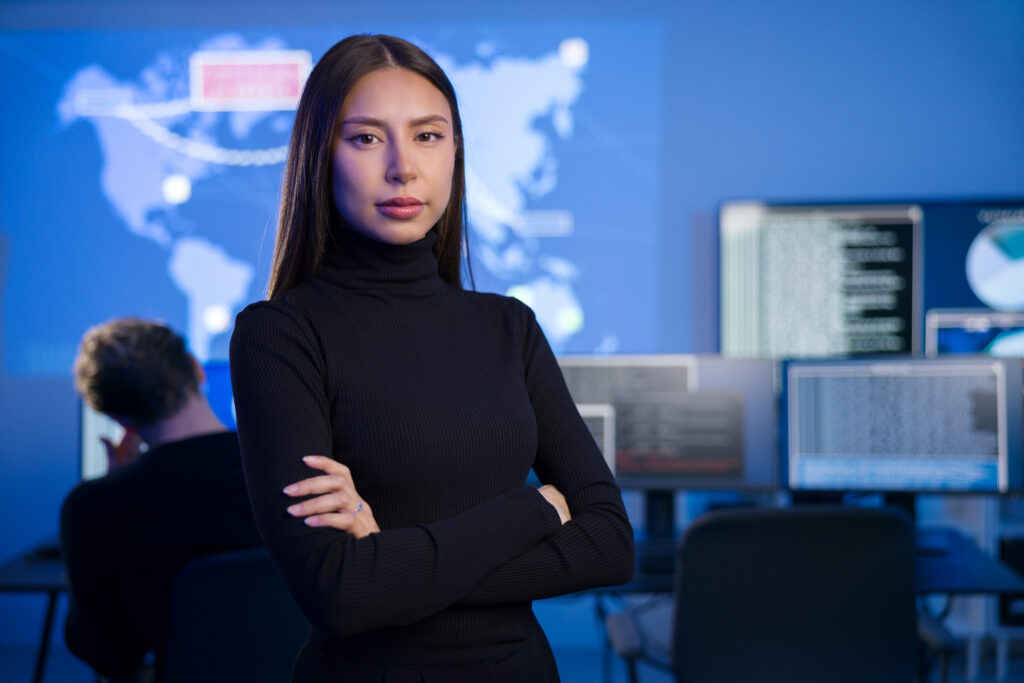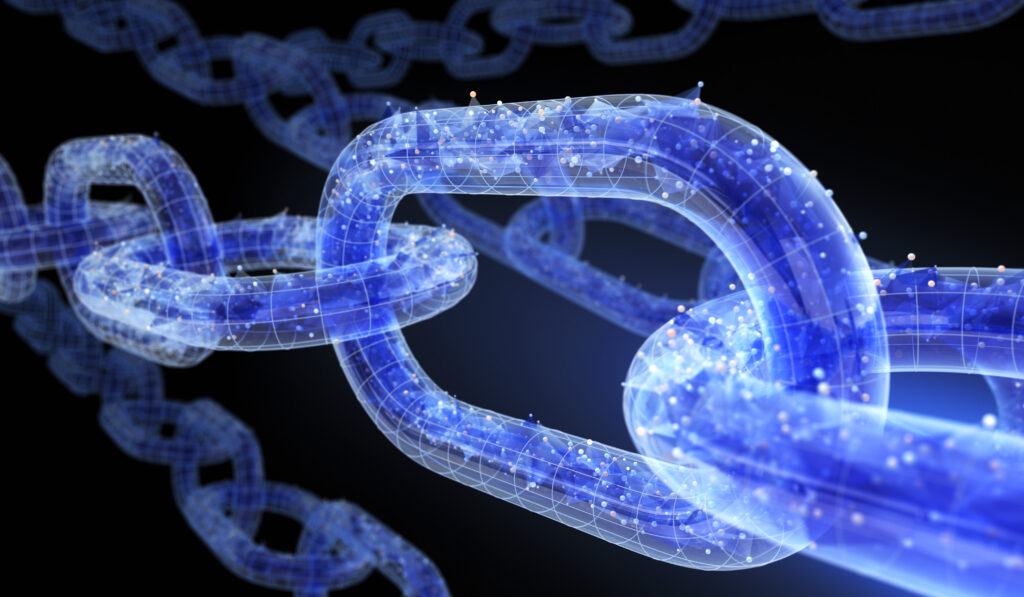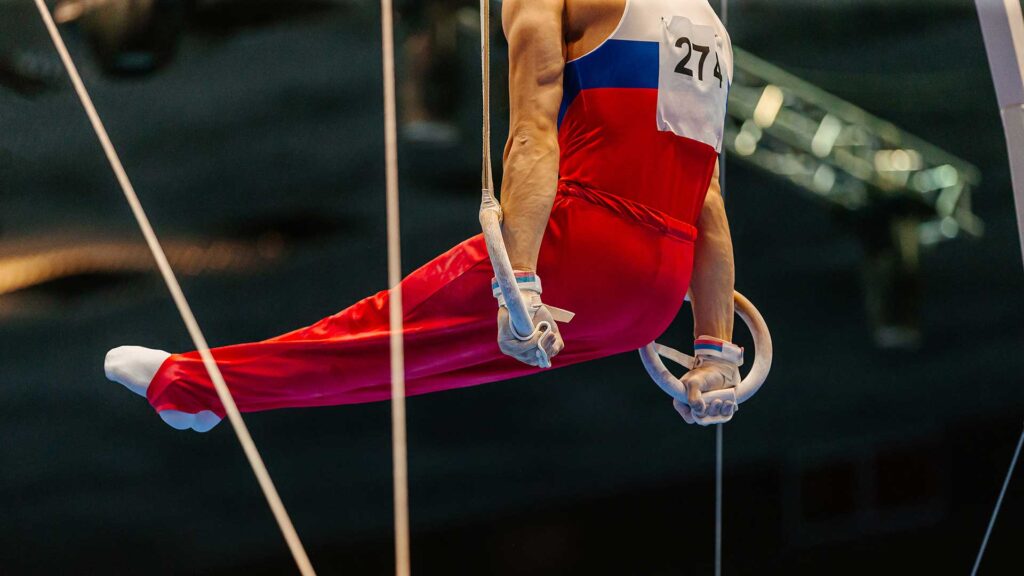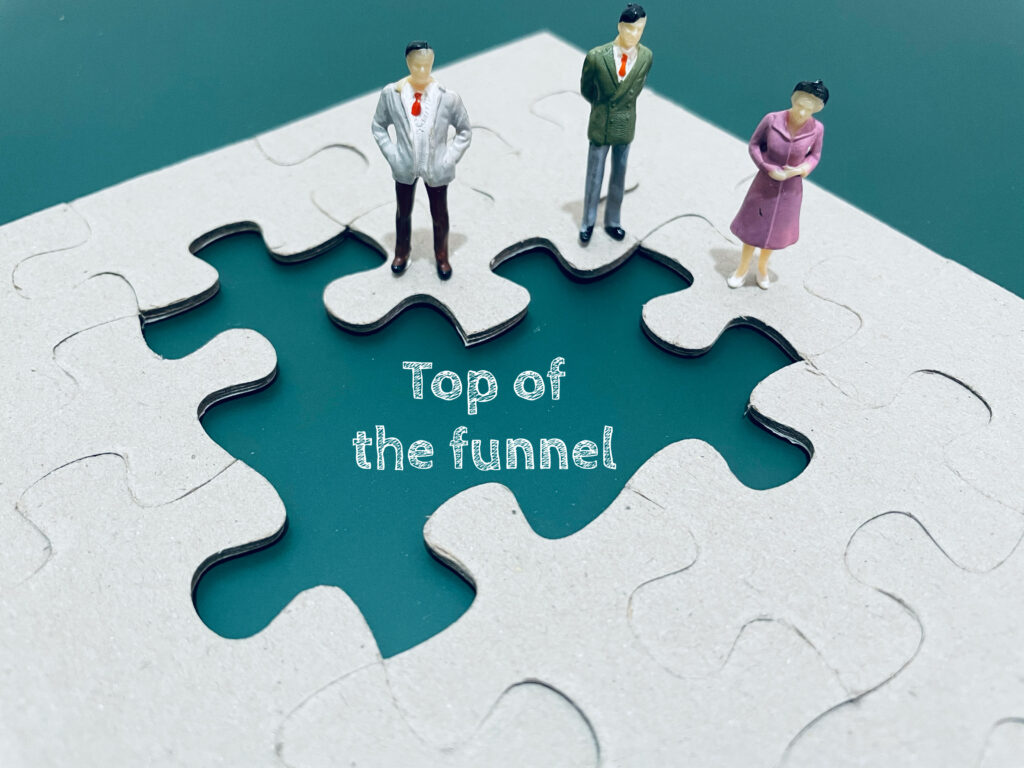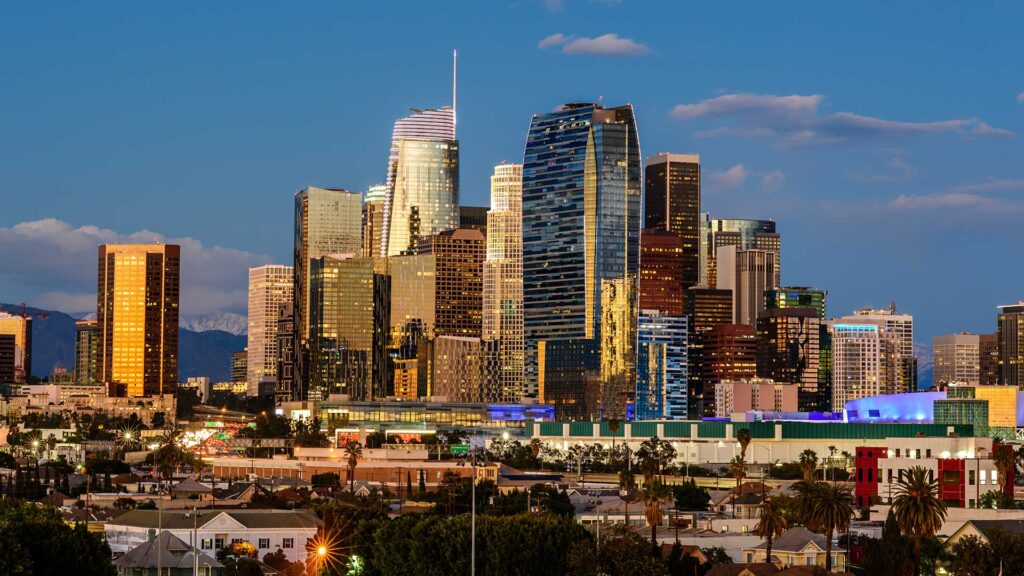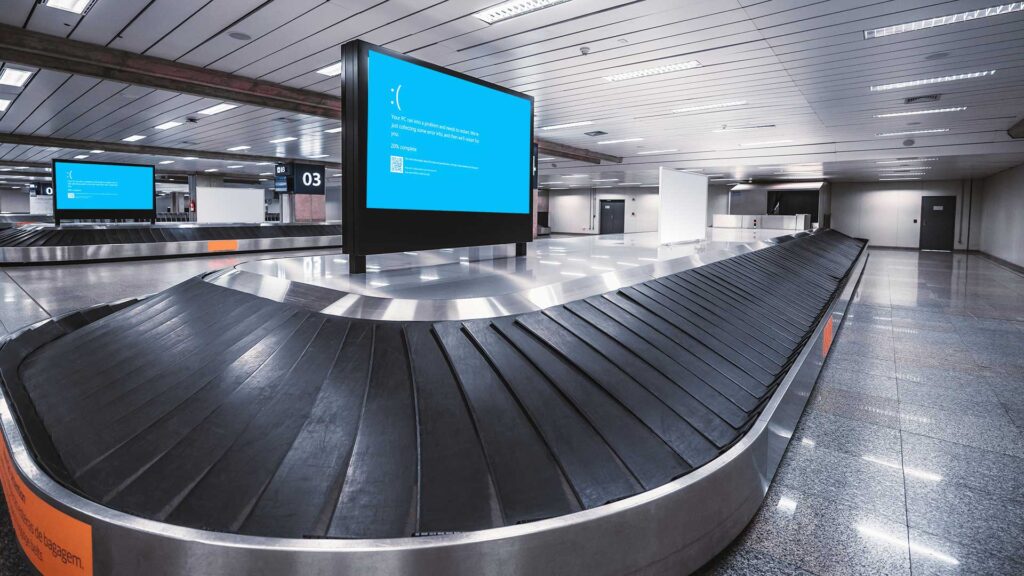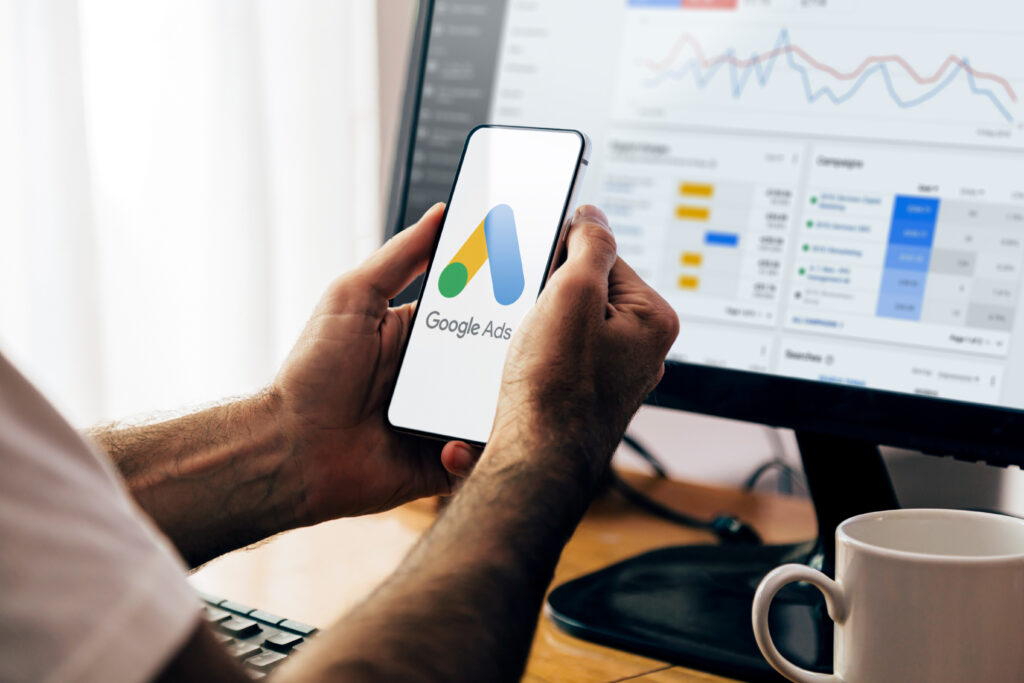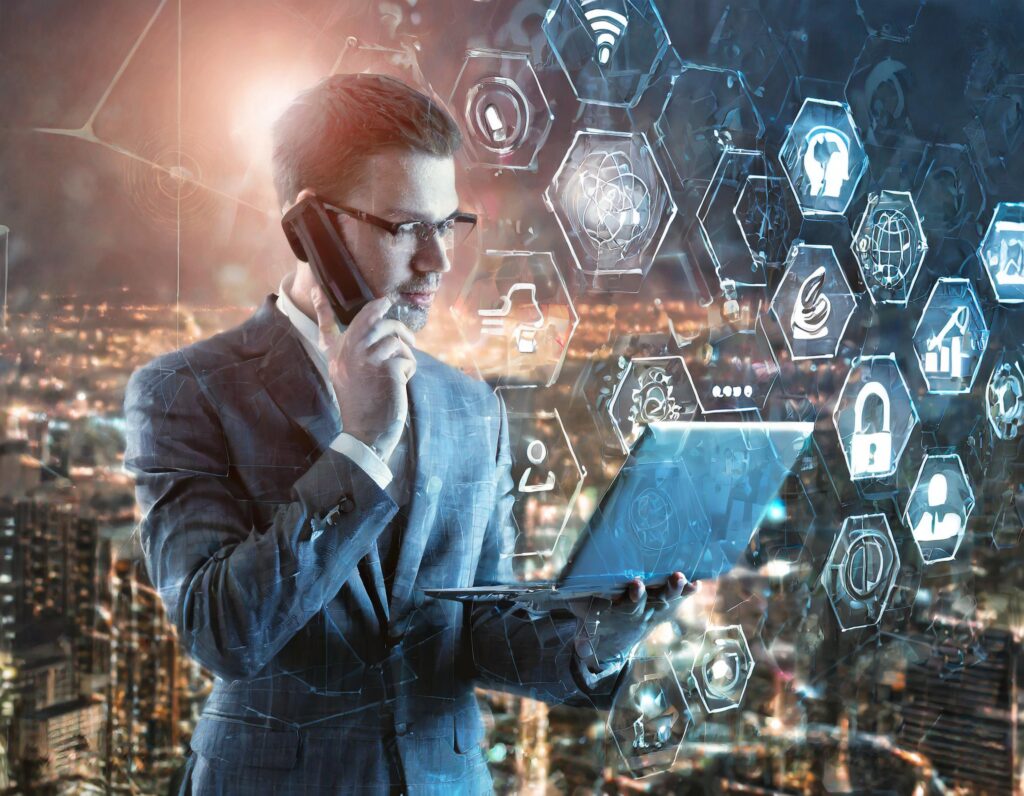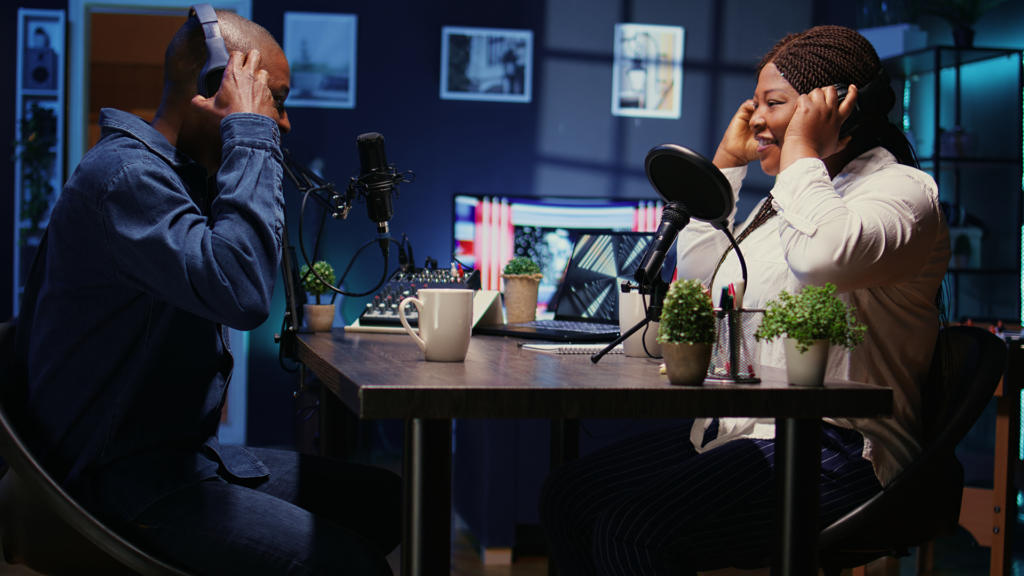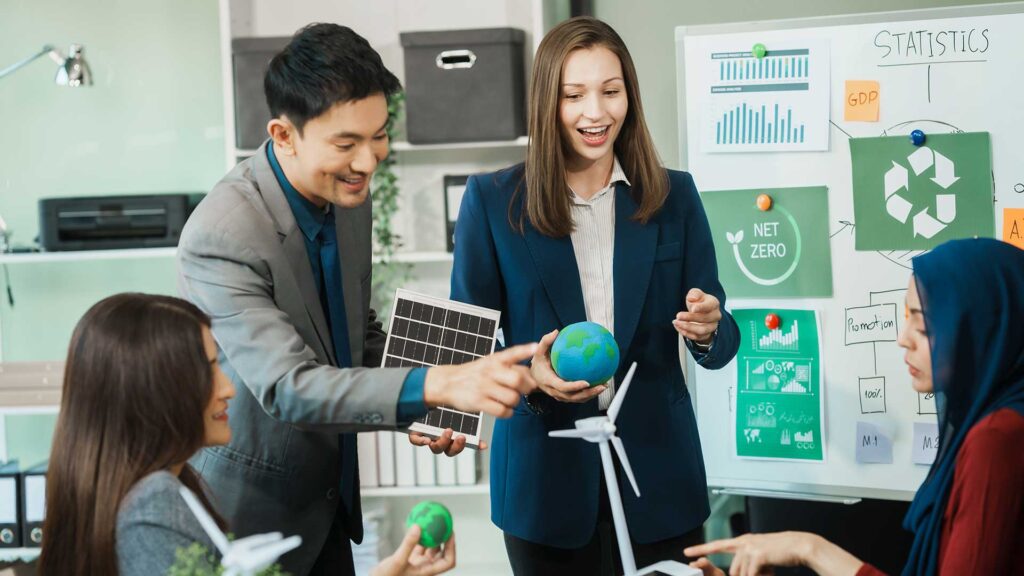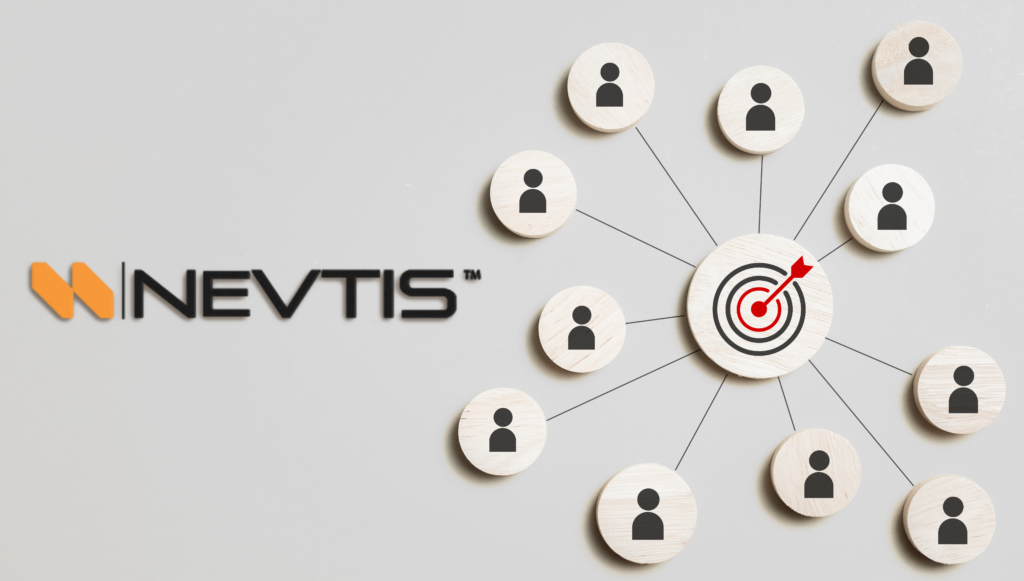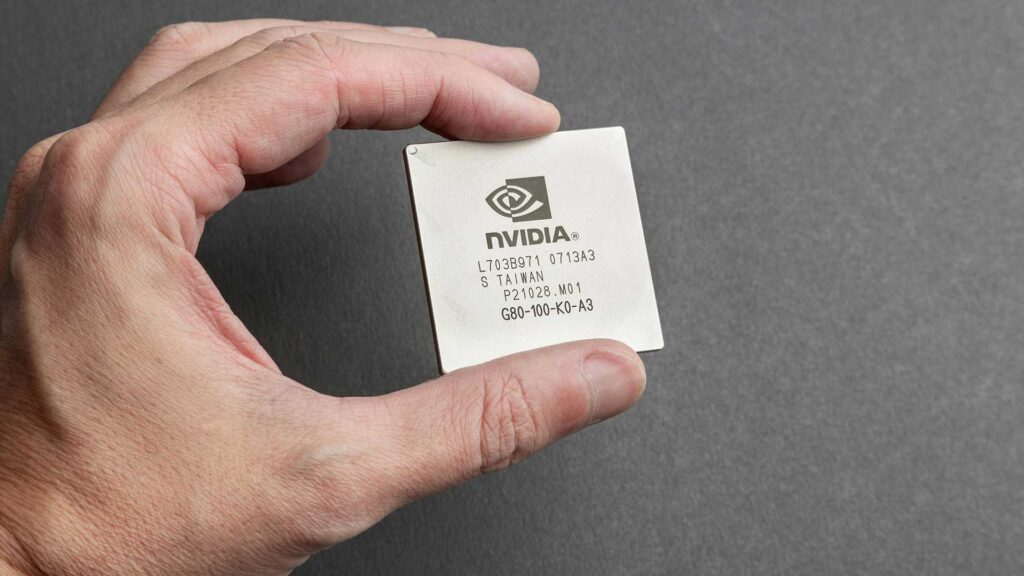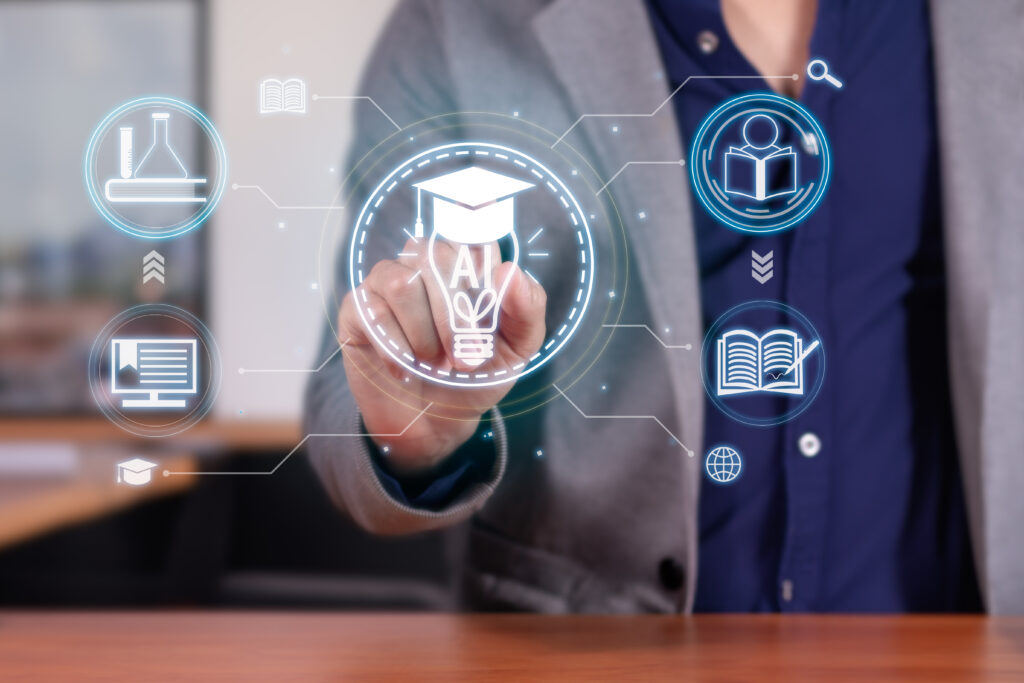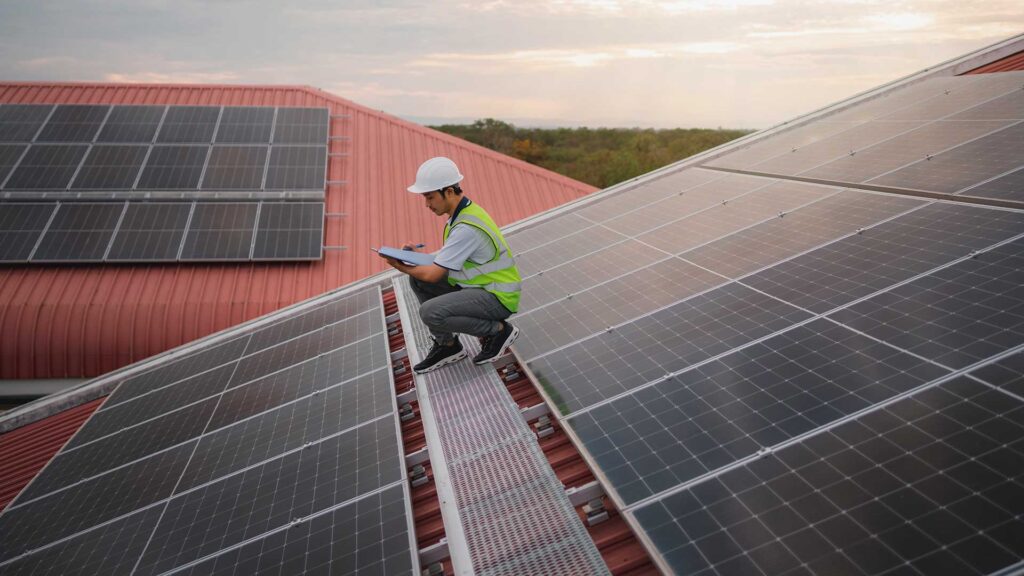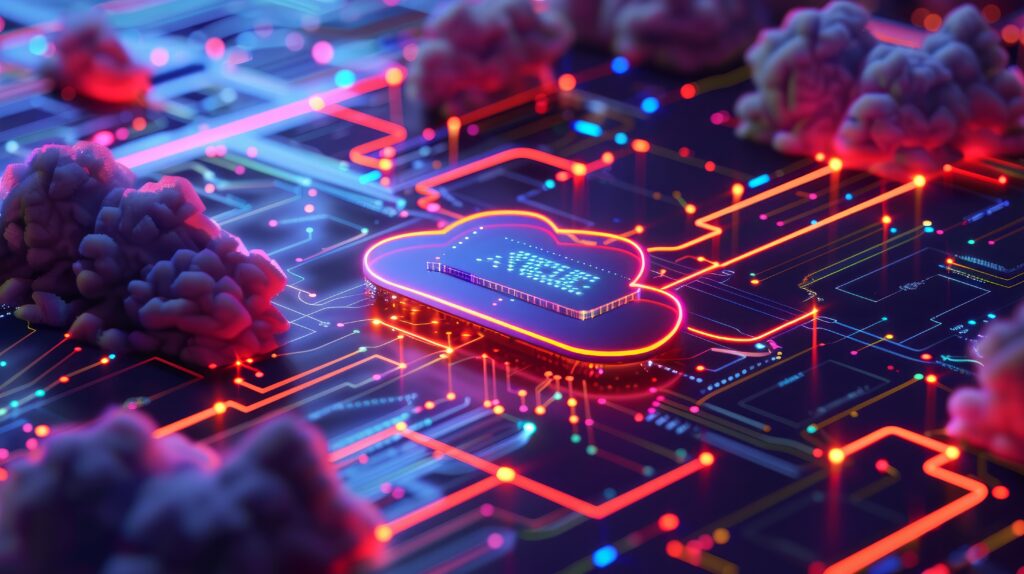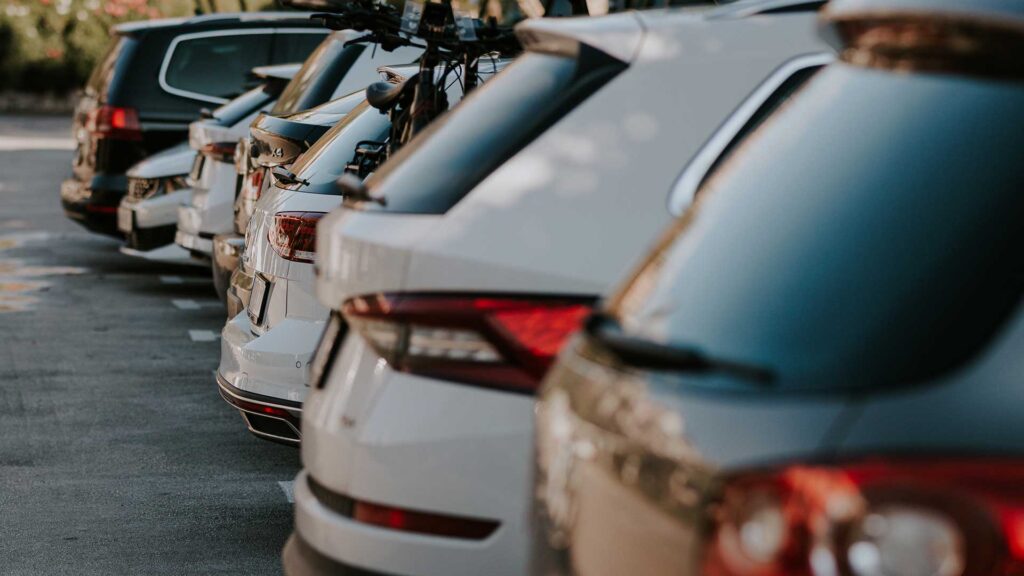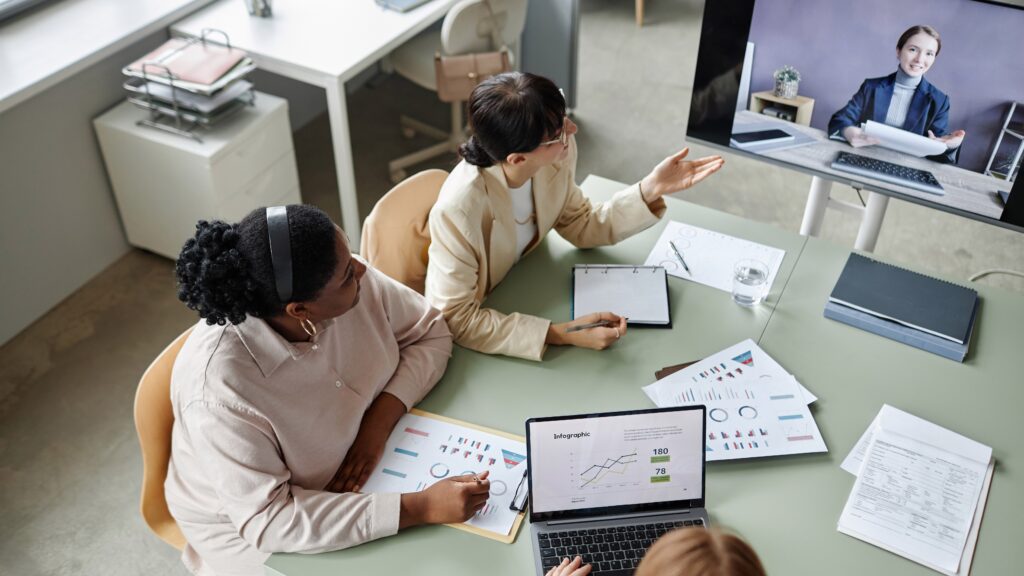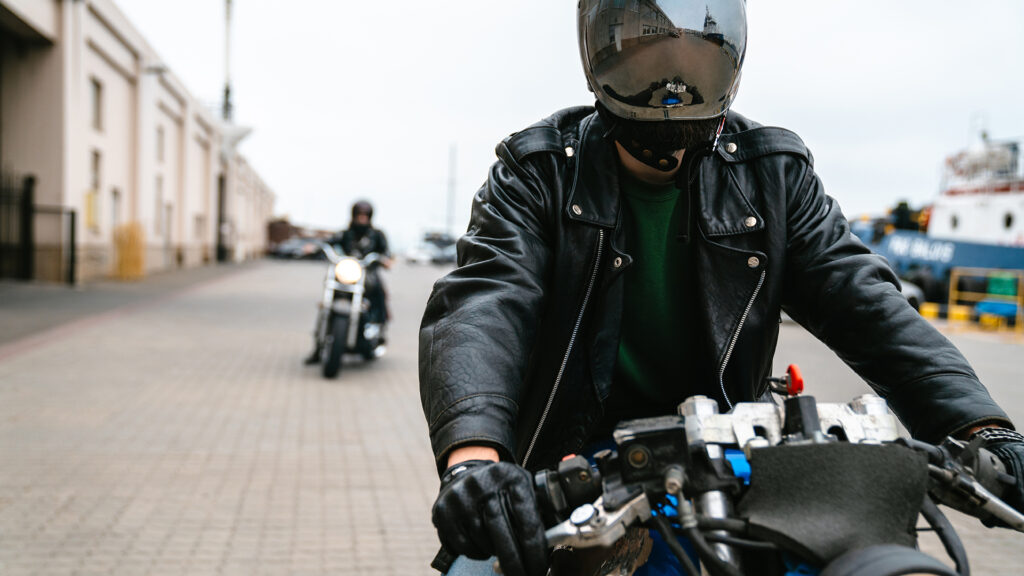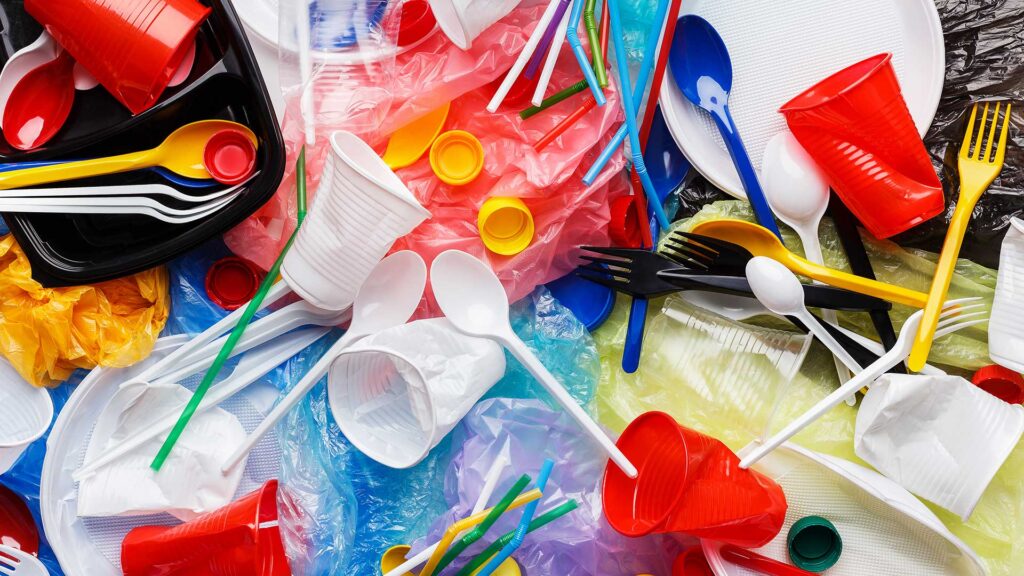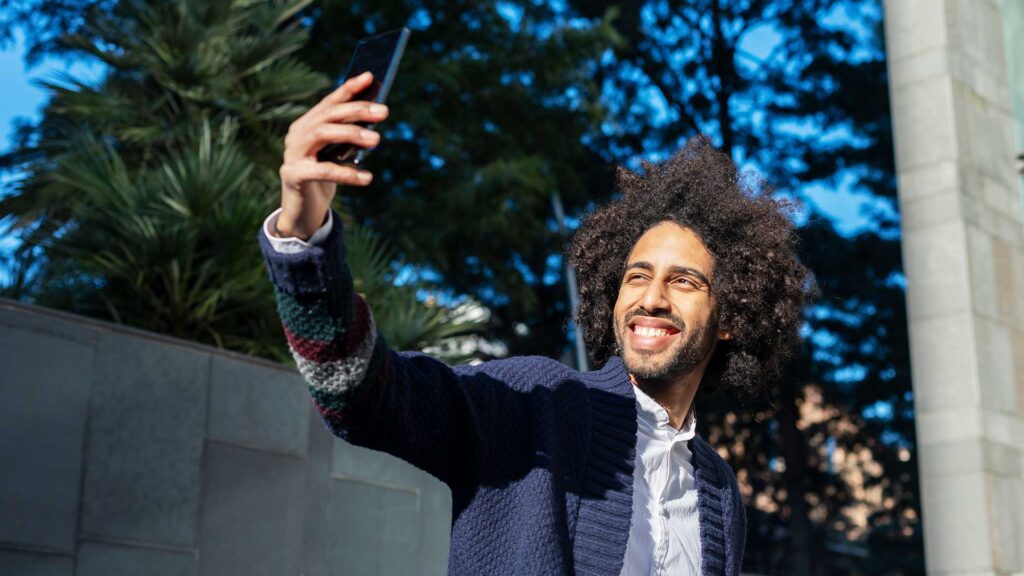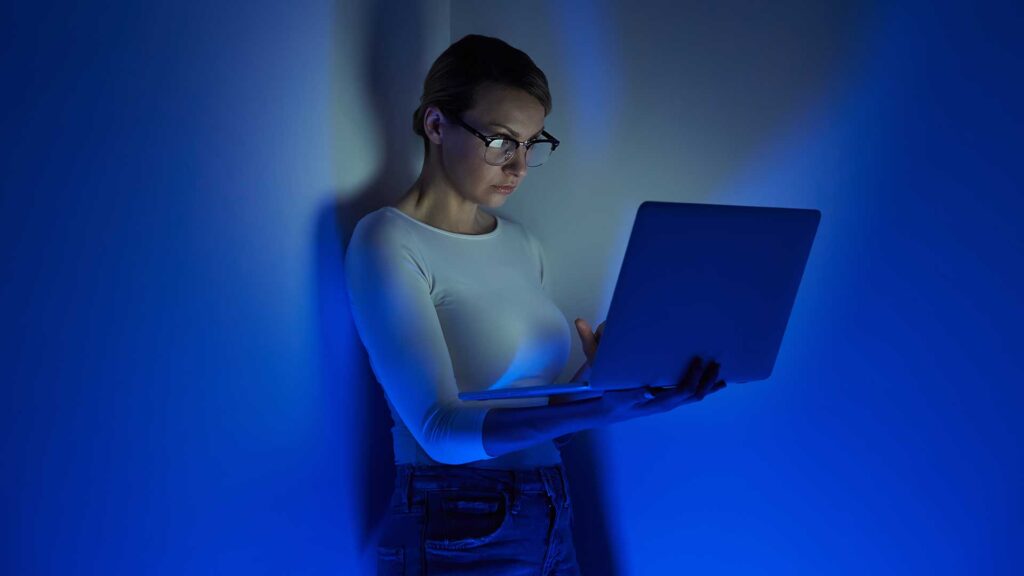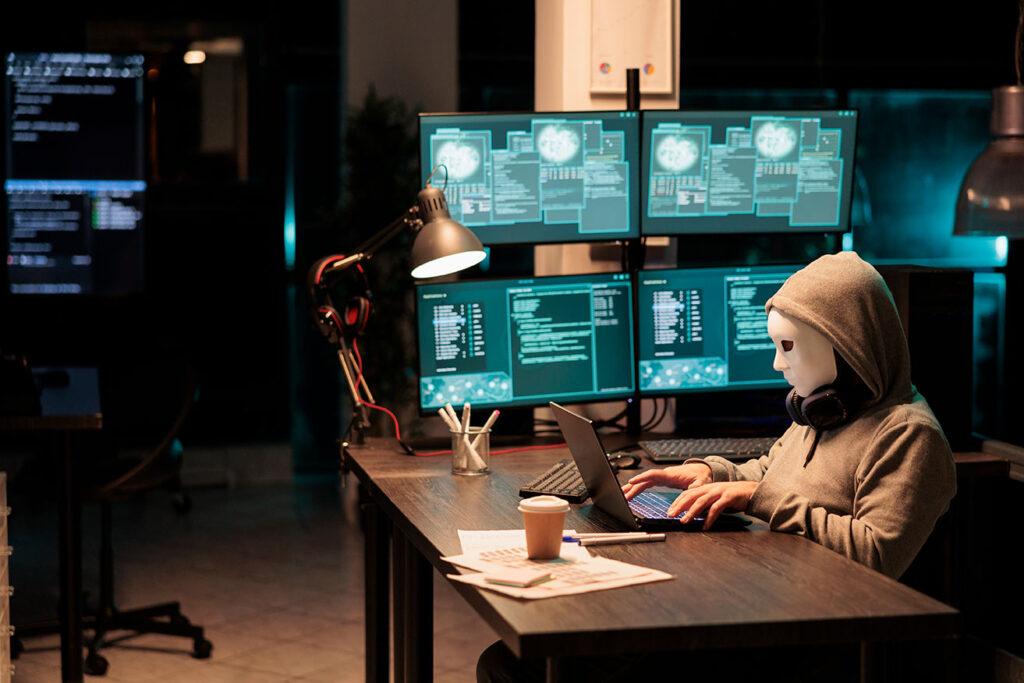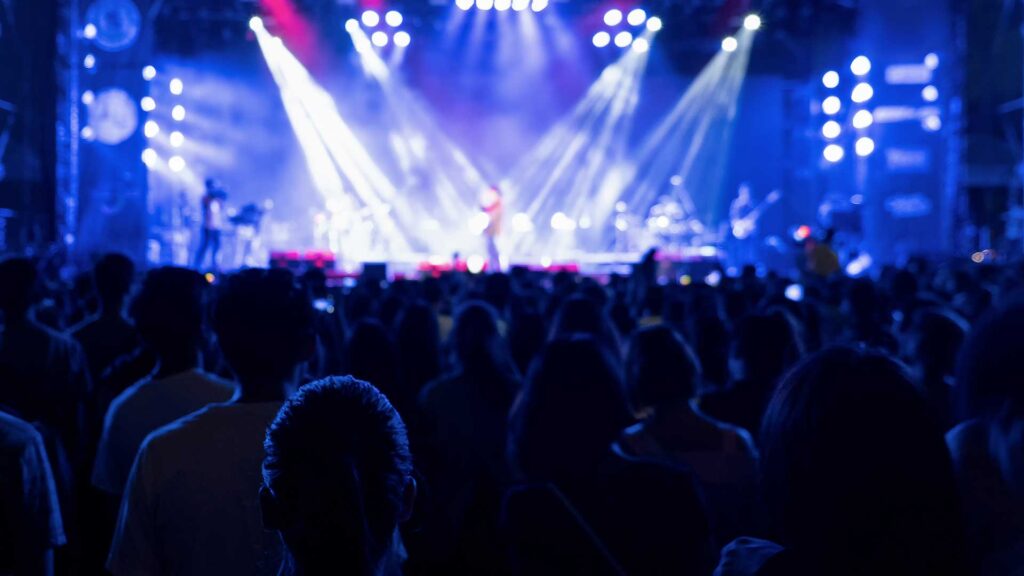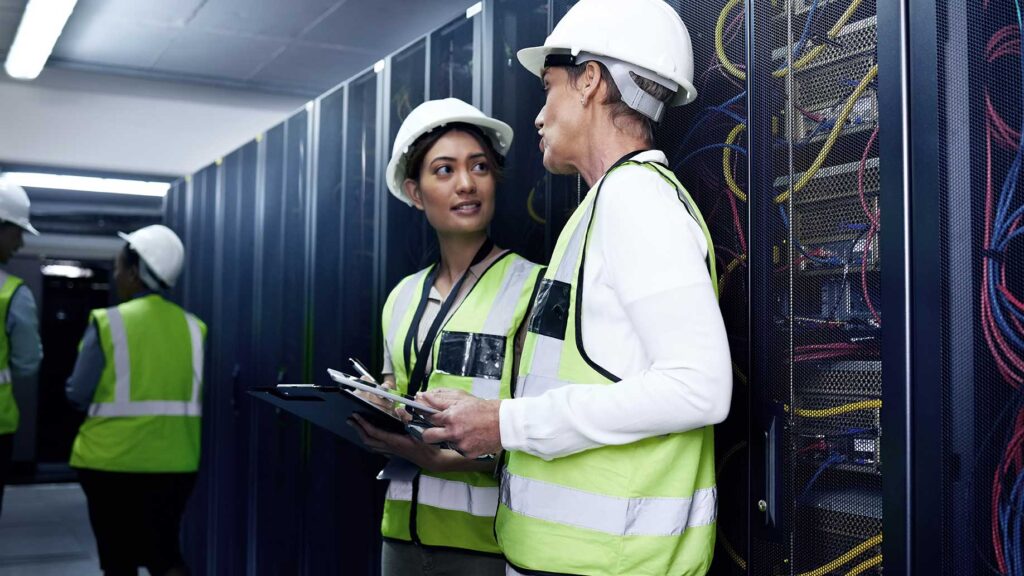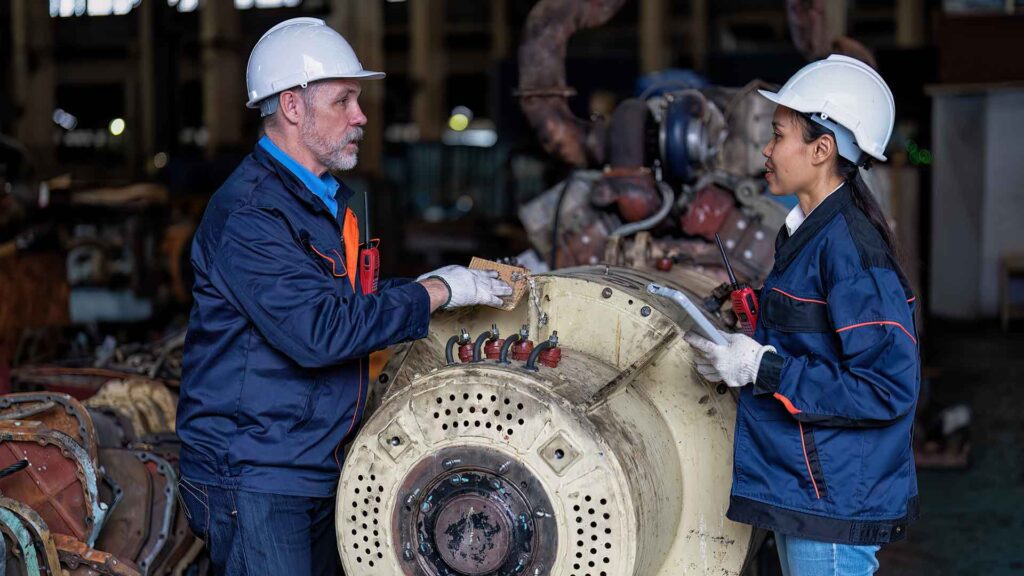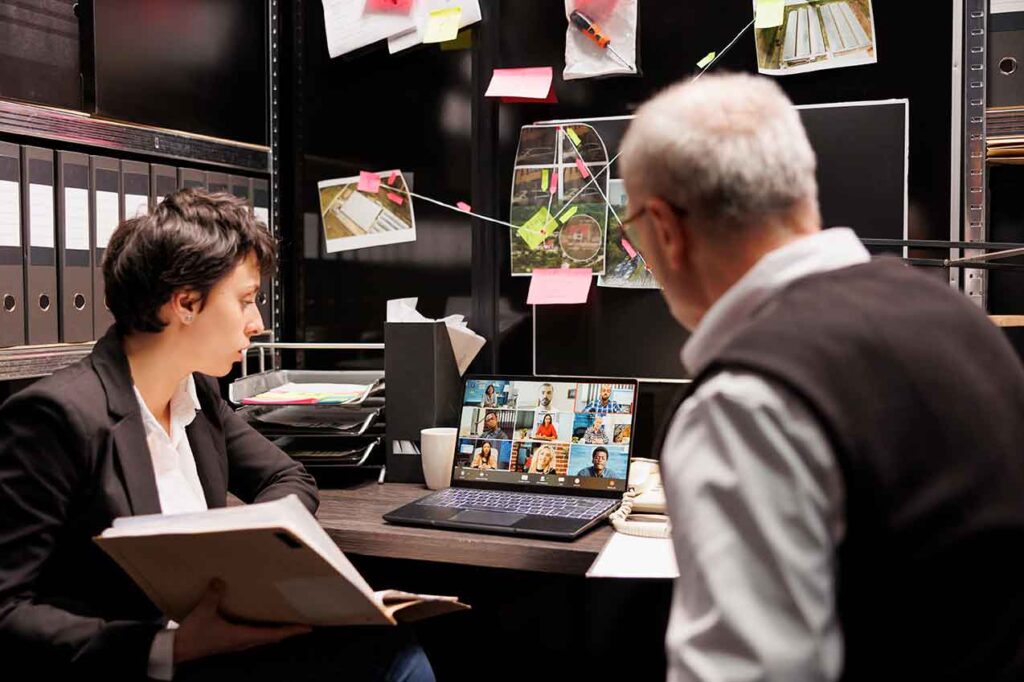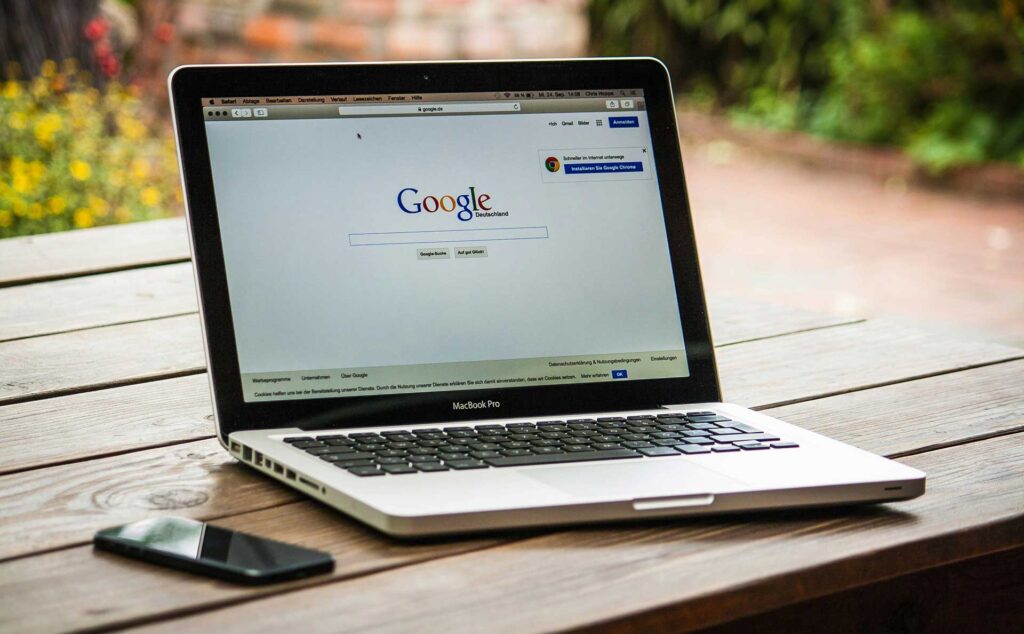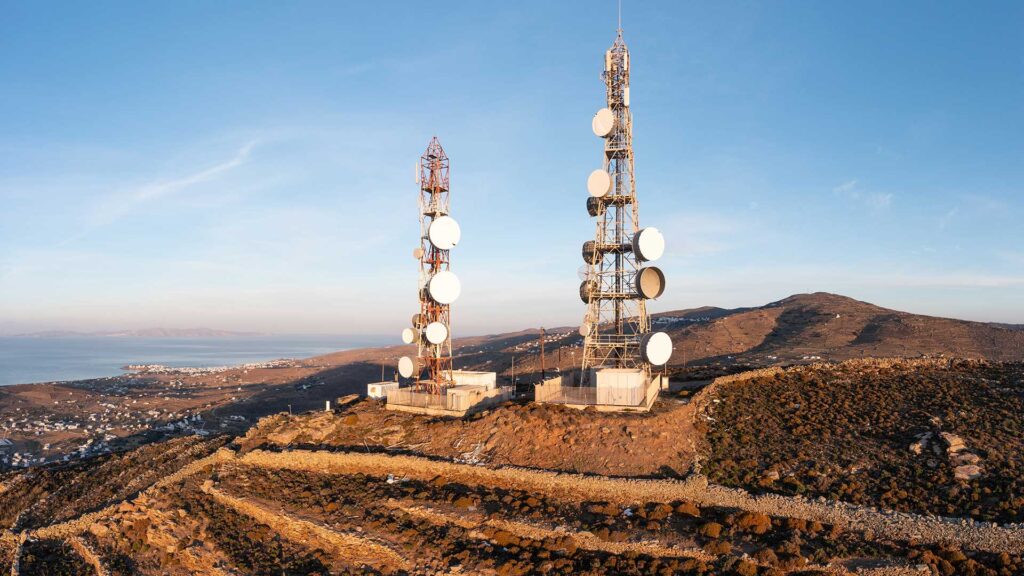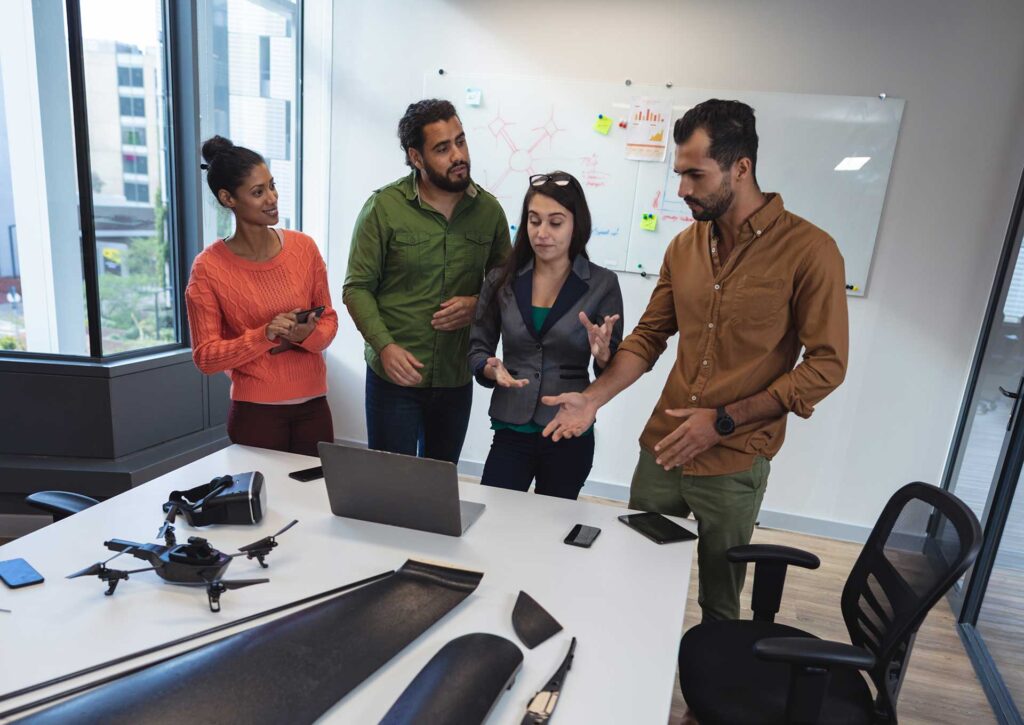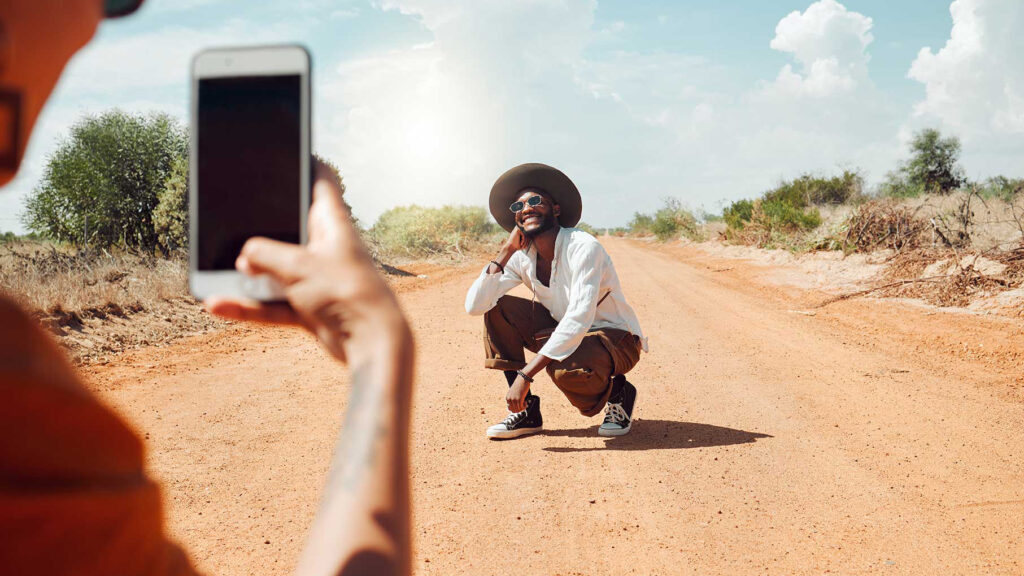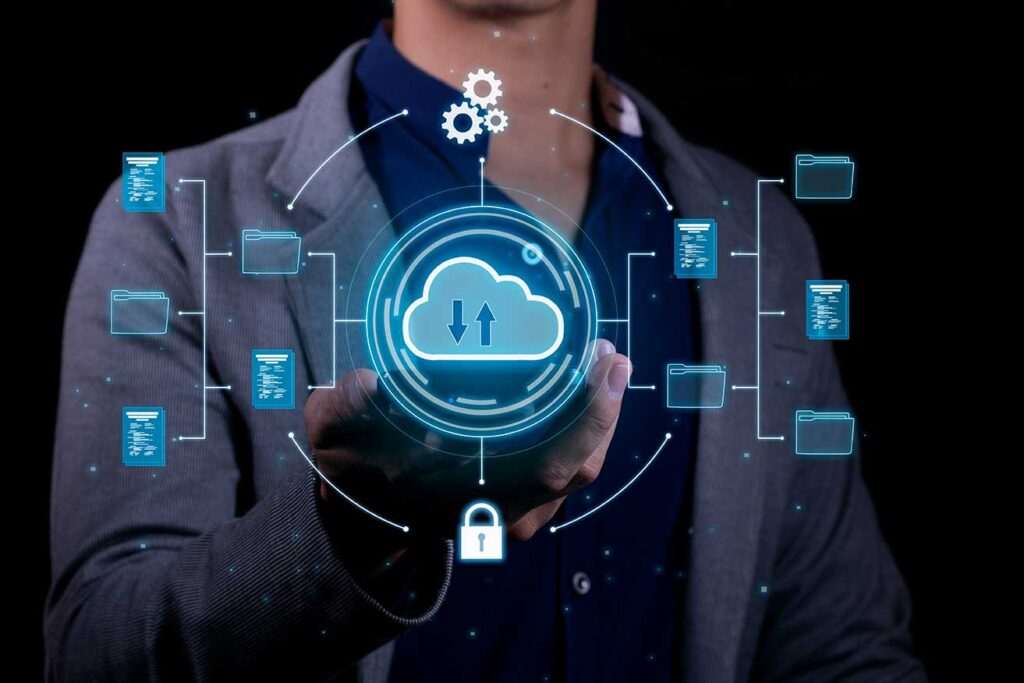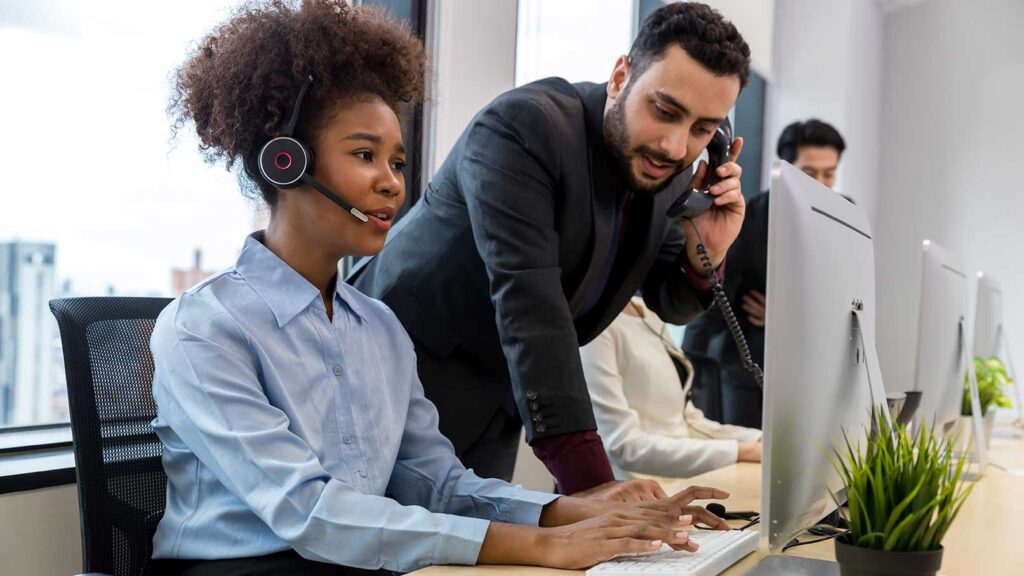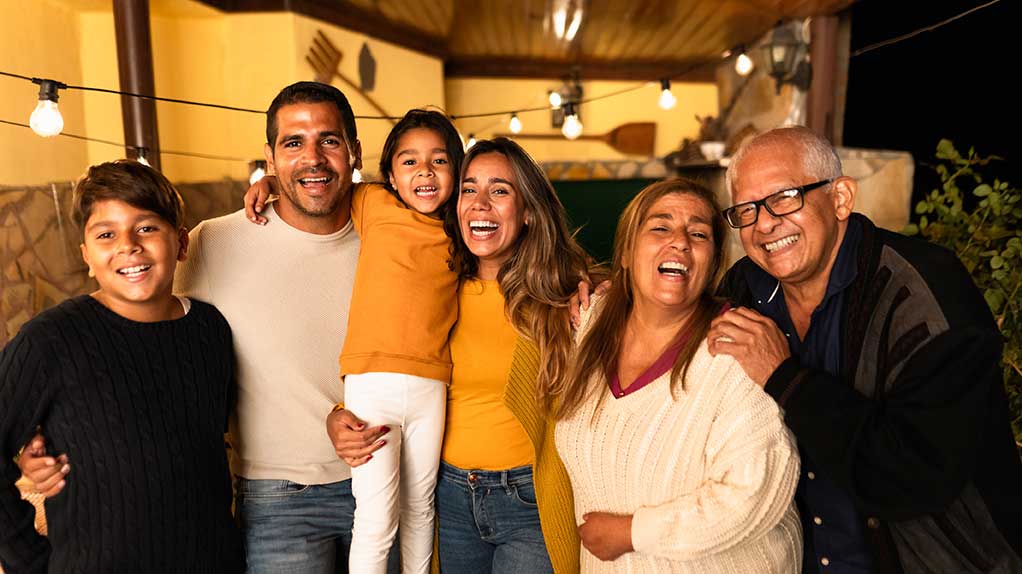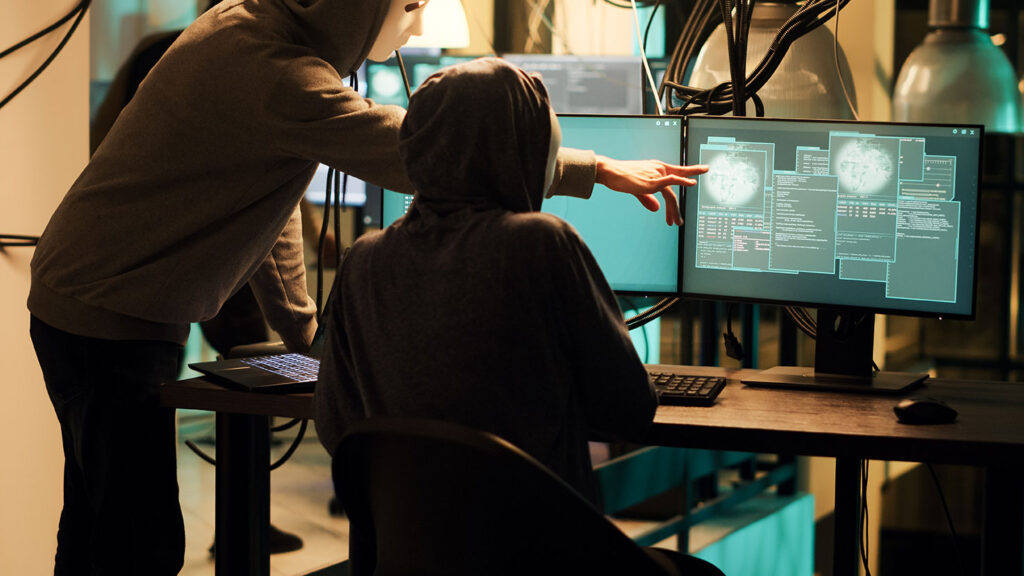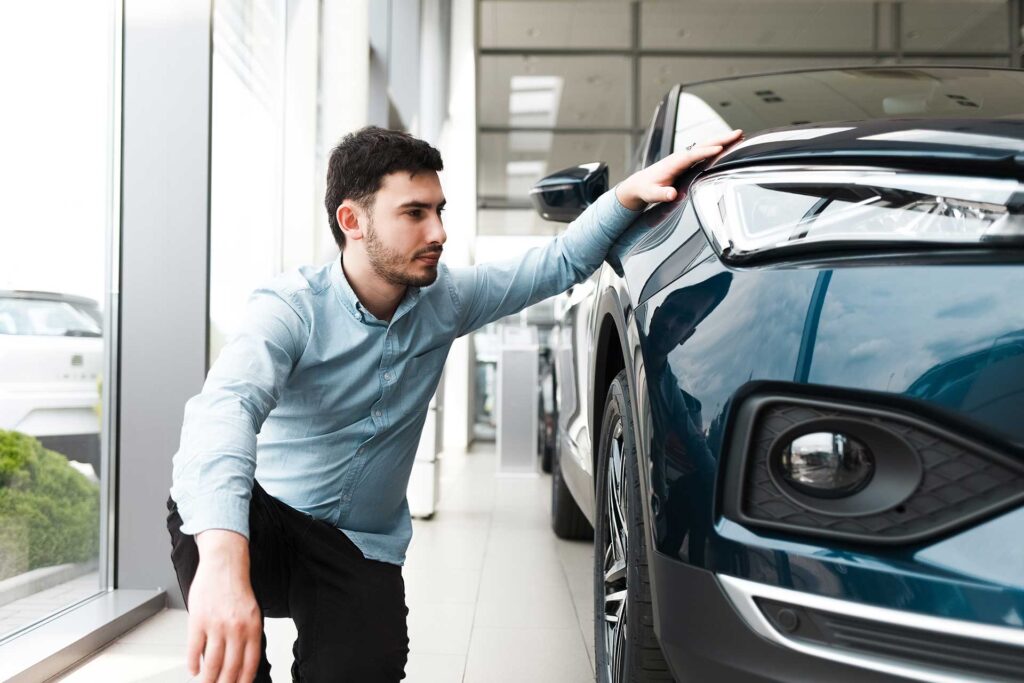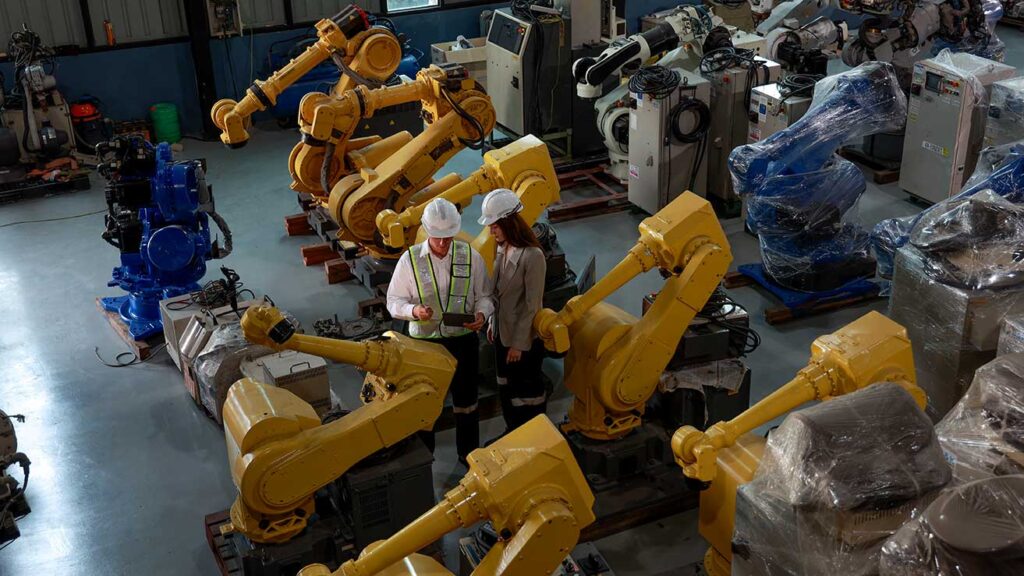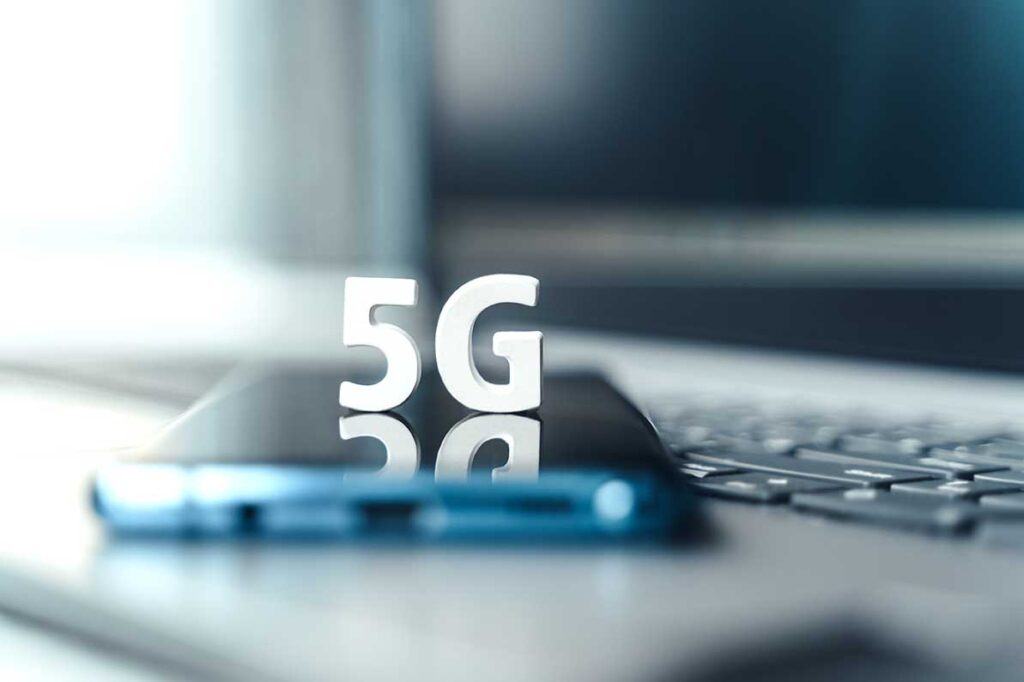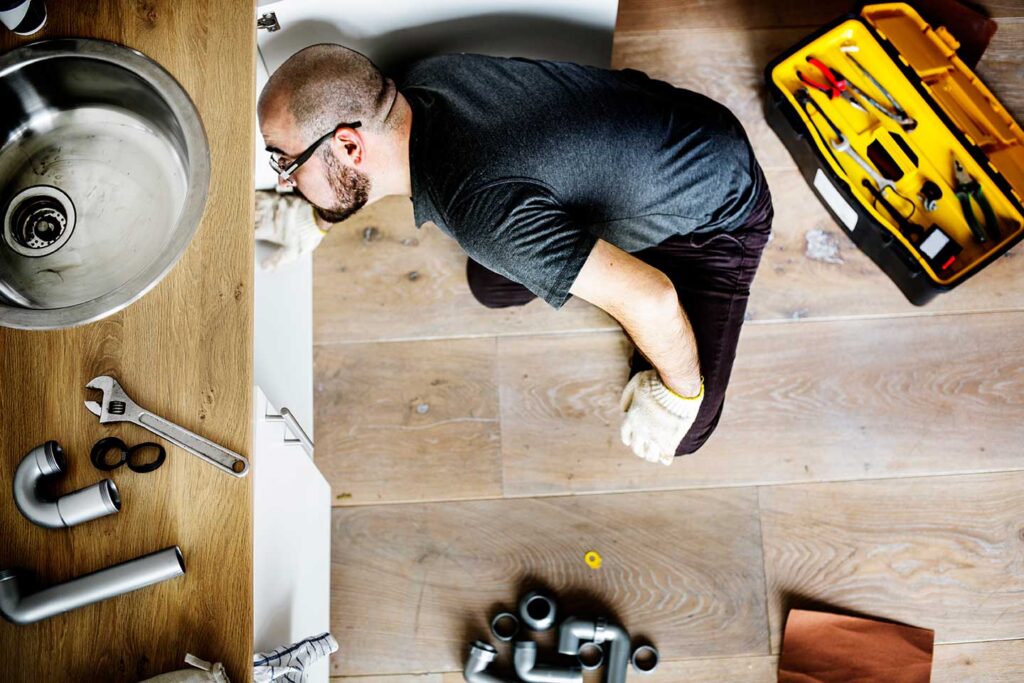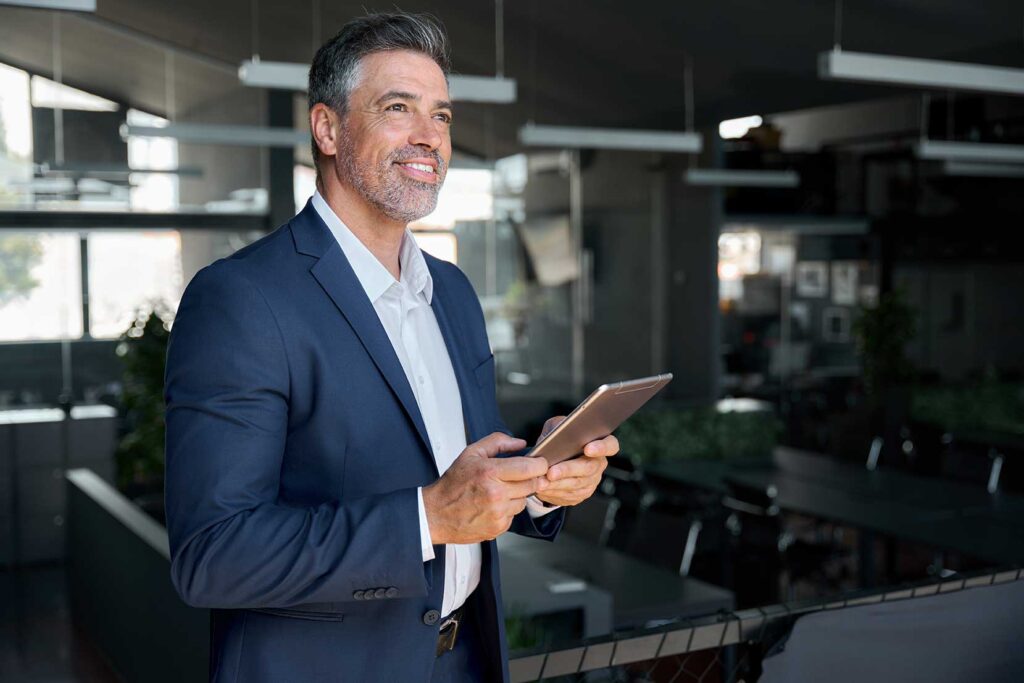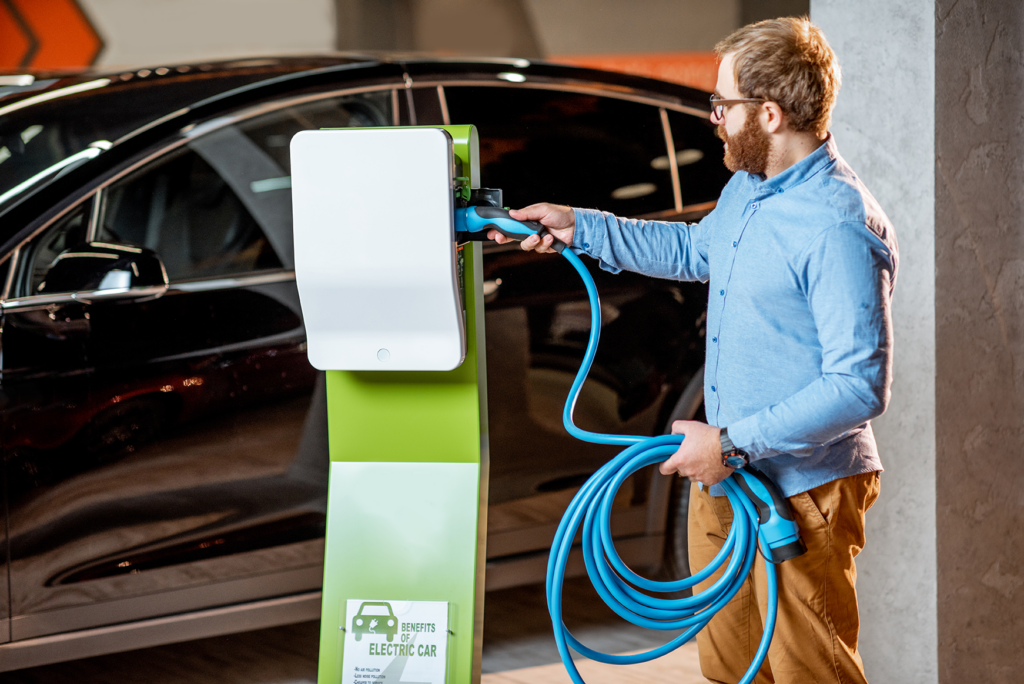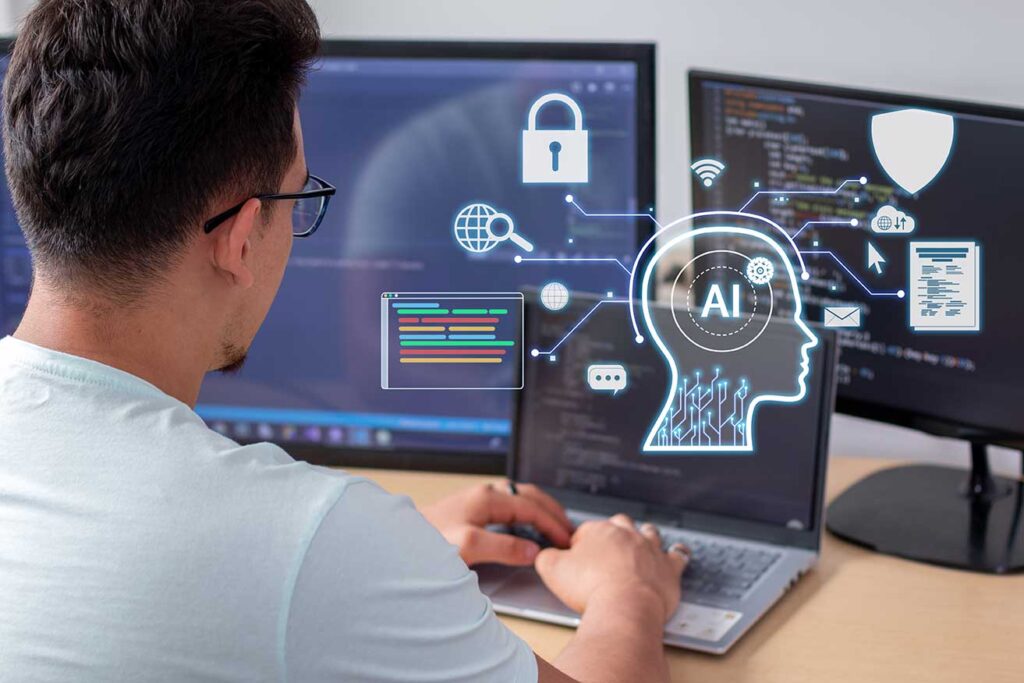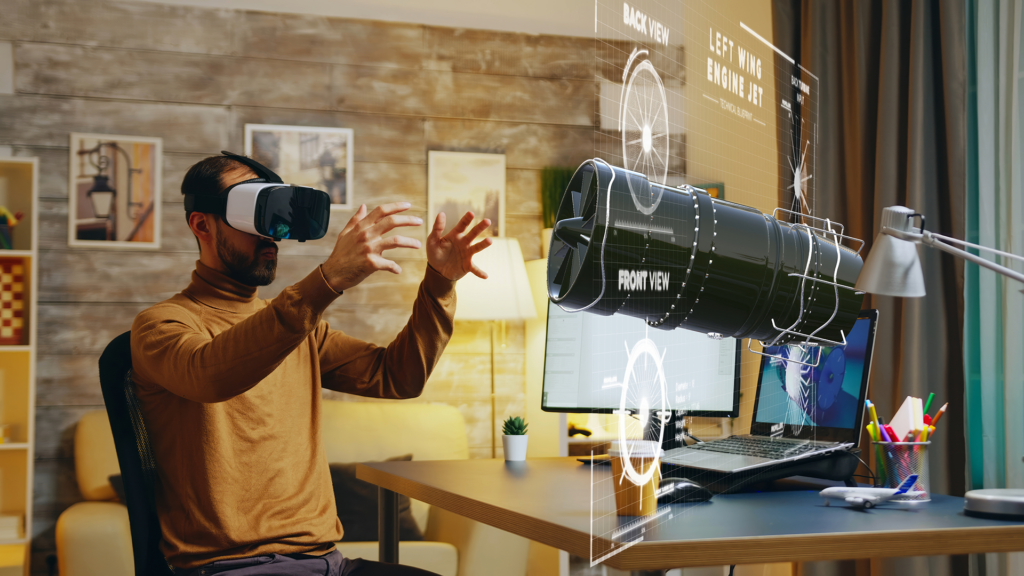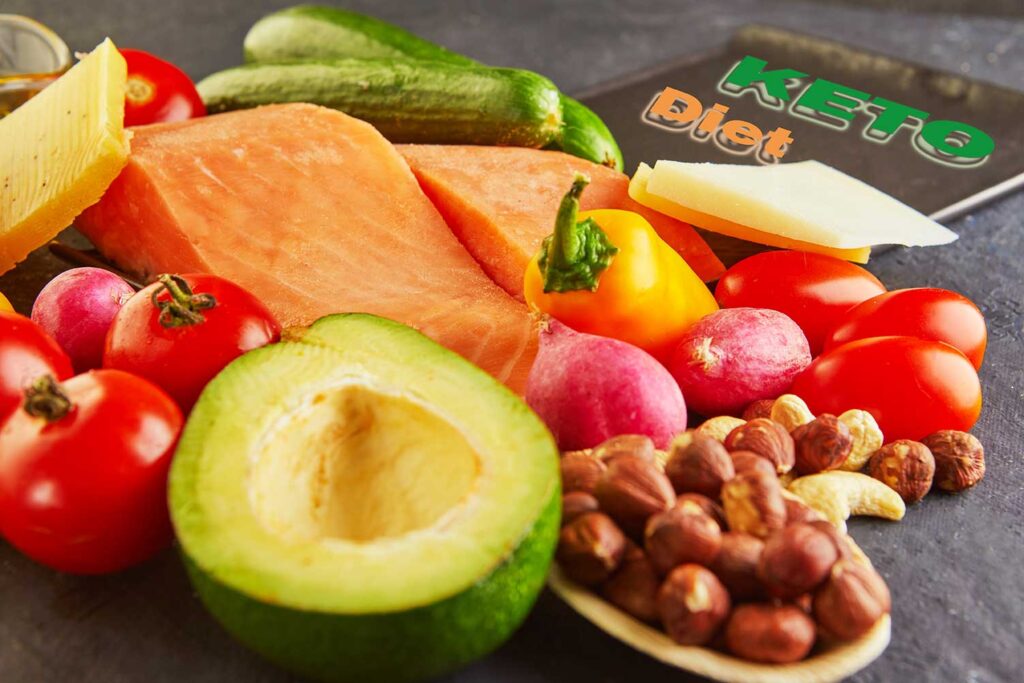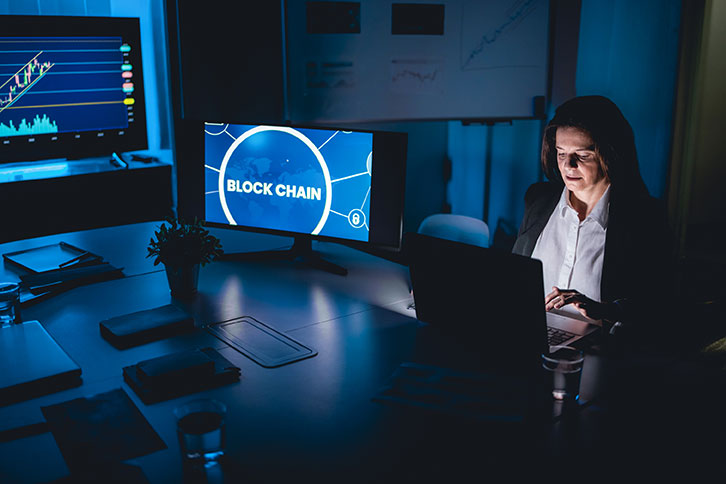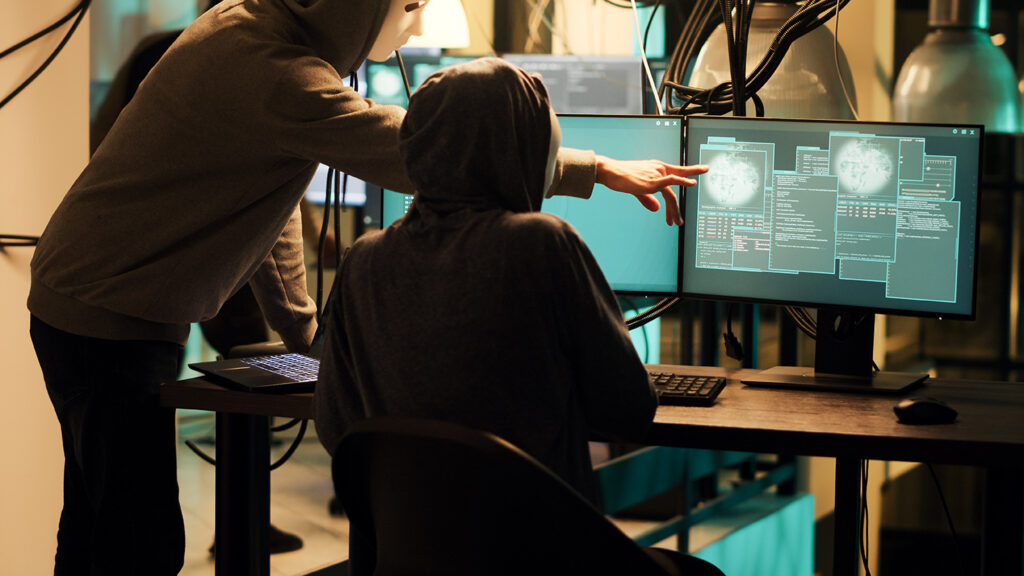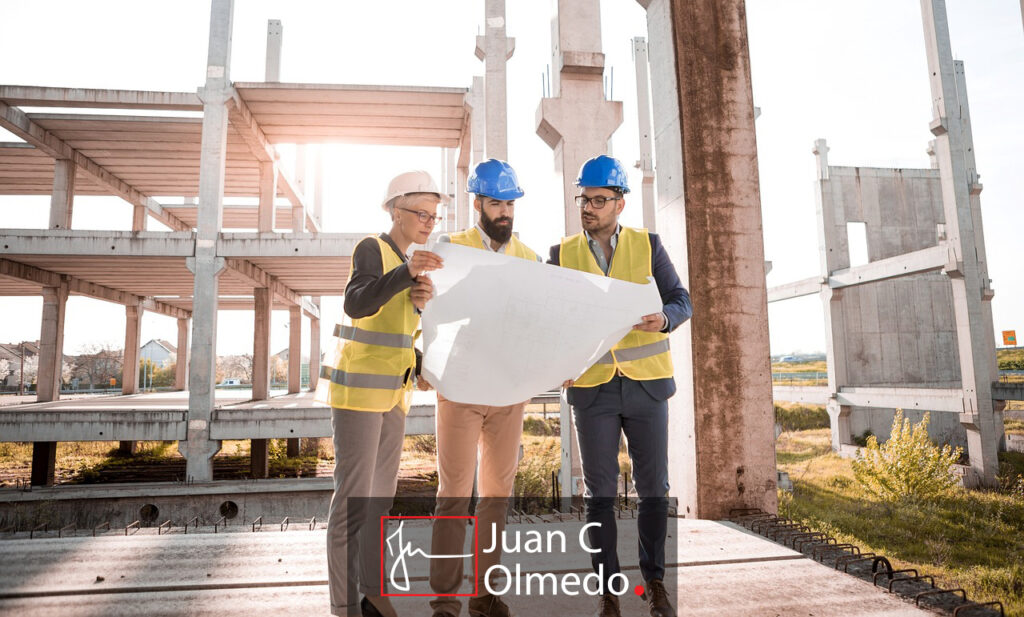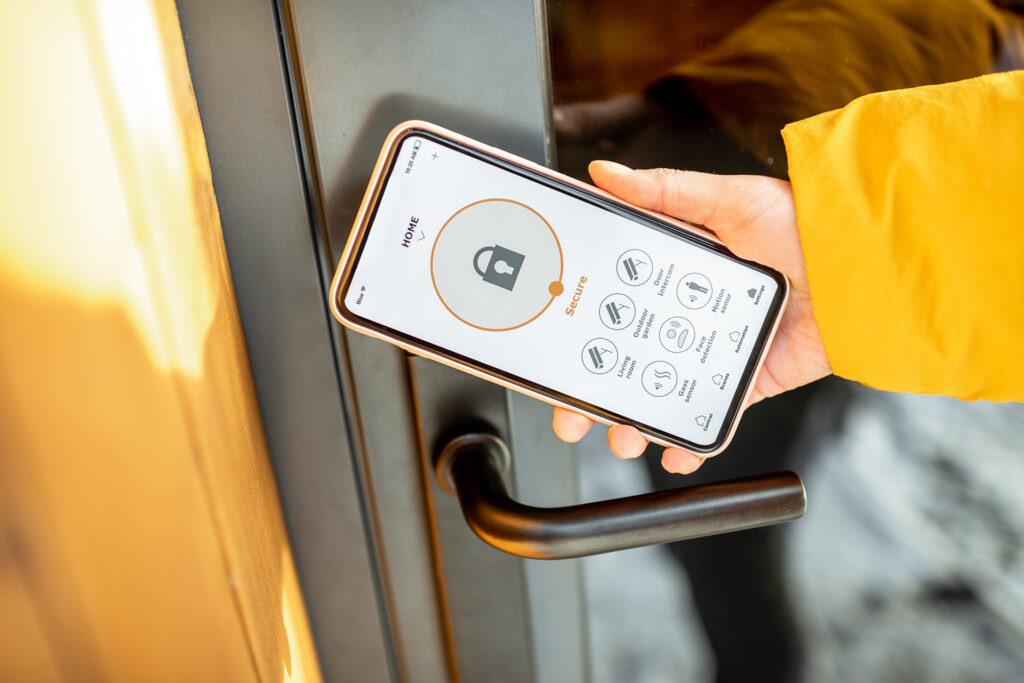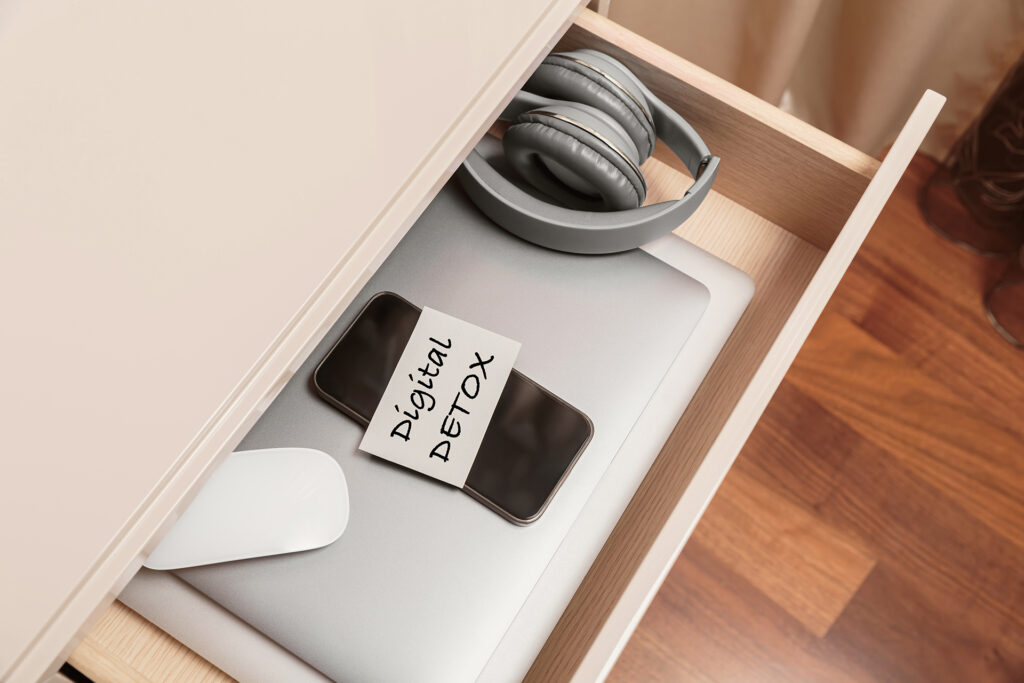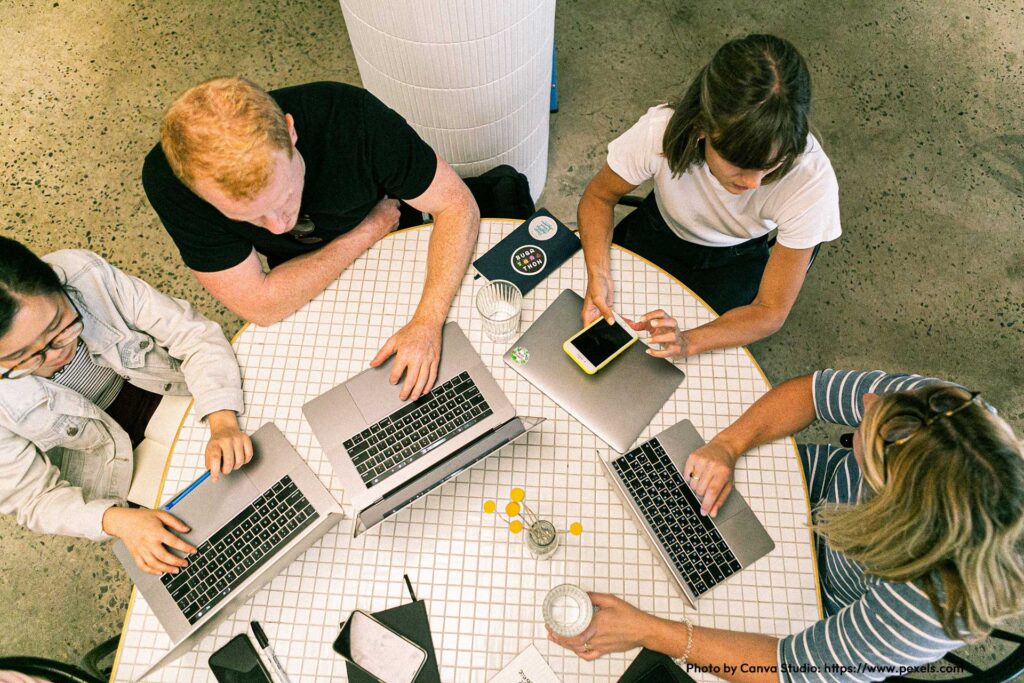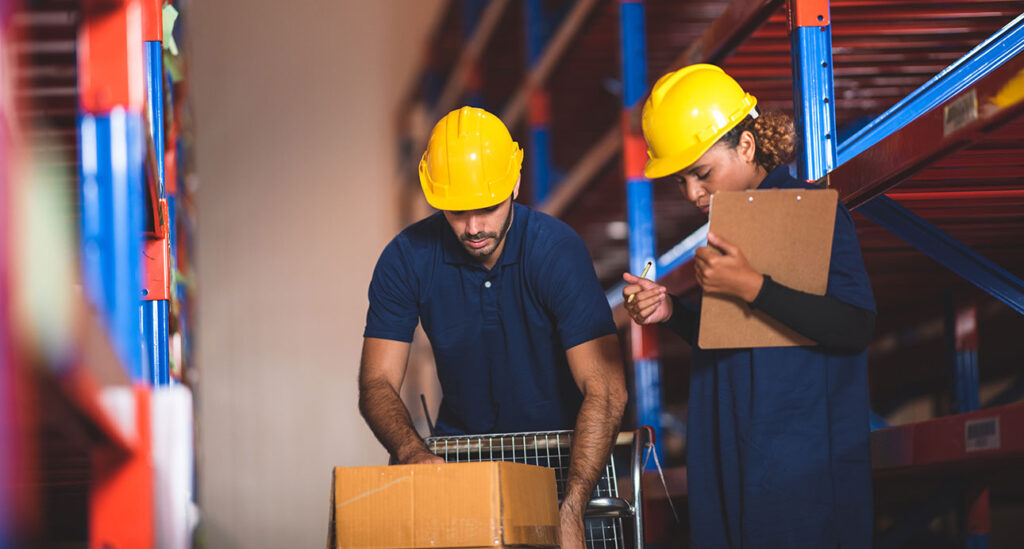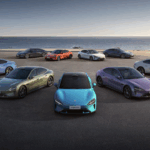Tesla’s Autonomous Taxi Revolution: The Cybercab and Beyond
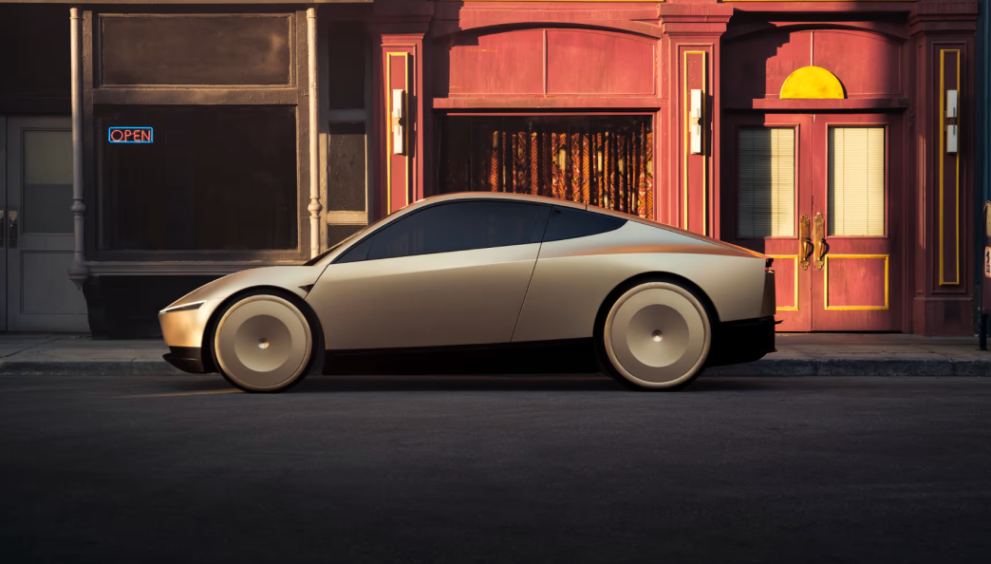
The future of transportation is accelerating toward autonomy, and Tesla is at the forefront of this transformation with its ambitious Robotaxi initiative, headlined by the Cybercab. Unveiled on October 10, 2024, at the "We, Robot" event at Warner Bros. Studios in Burbank, California, the Cybercab represents Tesla’s bold vision for a world where self-driving vehicles redefine urban mobility. With a sleek, futuristic design, no steering wheel or pedals, and a price tag under $30,000, the Cybercab is poised to disrupt the ride-hailing industry. Alongside this, Tesla has begun testing its Robotaxi service in Austin, Texas, as of June 2025, using Model Y vehicles equipped with advanced Full Self-Driving (FSD) software. This blog delves into the details of Tesla’s autonomous taxi plans, exploring the technology, challenges, and potential impacts on society, urban planning, and the automotive industry.
The Cybercab: A Glimpse into the Future
The Tesla Cybercab is a purpose-built, two-passenger, battery-electric vehicle designed exclusively for autonomous operation. Unlike Tesla’s existing lineup, the Cybercab eliminates traditional controls, relying entirely on artificial intelligence (AI) and a camera-based system for navigation. Key features include:
Futuristic Design: The Cybercab sports a sleek, chrome exterior with butterfly doors that open automatically, a hatchback for cargo, and a large internal screen for passenger interaction. Its compact, coupe-like styling draws inspiration from Tesla’s Cybertruck, with distinctive front and rear light bars and large disc-like wheel covers.
Inductive Charging: The vehicle uses wireless charging, eliminating the need for physical plugs, which enhances convenience and aligns with Tesla’s vision of a frictionless user experience.
Affordability: Priced below $30,000, the Cybercab aims to make autonomous ride-hailing accessible to a broad market, with operating costs projected at $0.20 per mile, potentially cheaper than subsidized public transit.
Production Timeline: Tesla plans to begin production in 2026, with an ambitious goal of manufacturing 2 million units annually by the end of that year when factories reach full capacity. However, CEO Elon Musk has acknowledged his tendency for optimistic timelines, suggesting a possible start before 2027.
The Cybercab was showcased at the “We, Robot” event, where 20 prototypes provided short rides to attendees on a closed course, demonstrating their ability to navigate autonomously, avoid pedestrians, and use turn signals appropriately. The event also introduced the Robovan, a larger autonomous vehicle capable of carrying up to 20 passengers, hinting at Tesla’s broader vision for diverse autonomous transport solutions.
The Austin Pilot: Testing the Waters
Tesla’s Robotaxi service took a significant step forward with a limited public rollout in Austin, Texas, starting June 22, 2025. This pilot program involves 10–20 Model Y vehicles equipped with unsupervised FSD software, operating in a geofenced area of the city. Key details include:
Service Details: The vehicles charge $4.20 per ride, a nod to Musk’s penchant for symbolic pricing. Safety drivers are present in the passenger seat to intervene if needed, though the cars rely on Tesla’s experimental autonomous software.
Invite-Only Access: Initially, the service is limited to Tesla fans, influencers, and select users, with plans to expand to the general public by late June or early July 2025.
Milestone Achievement: Tesla completed its first fully autonomous vehicle delivery from its Austin Gigafactory to a customer, showcasing the potential for cost-saving applications beyond ride-hailing.
The choice of Austin is strategic, as Texas has lenient regulations for autonomous vehicles, allowing Tesla to test its technology with minimal oversight. However, starting September 1, 2025, Texas will require permits for autonomous vehicle operations, which could impact the pilot’s scalability if safety concerns arise.

Technology Behind the Vision
Tesla’s autonomous taxi initiative is powered by its Full Self-Driving (FSD) software, which is evolving from a Level 2 (supervised) system to unsupervised autonomy. Unlike competitors like Waymo and Zoox, which use a combination of cameras, radar, and lidar, Tesla relies solely on cameras and AI. This approach has both advantages and challenges:
Camera-Based System: Tesla’s cameras, costing approximately $400 per vehicle, are significantly cheaper than lidar systems, which can cost $12,000. Musk argues that cameras mimic human vision, leveraging billions of miles of real-world driving data from Tesla vehicles to train its AI. He claims this could make autonomous vehicles “10 to 30 times safer than human drivers.”
AI and Data Advantage: Tesla’s fleet of millions of vehicles provides a massive dataset for training its neural networks, allowing the system to handle diverse edge cases and improve over time.
Challenges: Critics argue that a camera-only system may struggle in adverse conditions like heavy rain, fog, or low-light scenarios. Videos from the Austin pilot showed instances of traffic violations, such as driving on the wrong side of a double yellow line or stopping in intersections, raising concerns about reliability.
Tesla is also developing a ride-hailing app, similar to Uber or Lyft, to enable users to summon autonomous vehicles. Renderings suggest features like automated cleaning by Tesla’s Optimus humanoid robots, addressing the challenge of maintaining vehicle hygiene without human drivers.
Regulatory and Safety Challenges
Deploying a fully autonomous taxi service requires navigating a complex regulatory landscape and addressing safety concerns. Tesla faces several hurdles:
Regulatory Variability: Texas’s lenient regulations have facilitated the Austin pilot, but California, where Tesla plans to expand, has stricter requirements. In November 2024, Tesla applied for a transportation charter-party carrier permit in California, a prerequisite for autonomous taxi services, but it has not yet secured permits for fully driverless operations. The California Department of Motor Vehicles and Public Utilities Commission have noted that Tesla’s applications are pending, and approval could take up to a year.
Safety Scrutiny: The National Highway Traffic Safety Administration (NHTSA) is investigating Tesla’s FSD system following crashes, including a fatal 2023 incident in Arizona. The agency requires companies to apply for exemptions to operate vehicles without steering wheels or pedals, a process Tesla has not yet initiated as of October 2024. The NHTSA granted only one such exemption to Nuro, a low-speed delivery robot, after over a year of review.
Public Trust: A 2025 survey by the Electric Vehicle Intelligence Report found that 65% of US consumers were unaware of Tesla’s Robotaxi launch, and 50% were less interested after hearing about reported issues in Austin. Public skepticism is compounded by Tesla’s history of unmet promises, such as Musk’s 2019 claim of having one million robotaxis by 2020.
Competitive Landscape
Tesla is entering a crowded autonomous vehicle market, facing competition from established players and startups:
Waymo: Alphabet’s Waymo operates fully driverless taxis in Phoenix, San Francisco, and Los Angeles, providing 250,000 rides weekly. It plans to expand to Austin and Atlanta, directly challenging Tesla in its home base. Waymo uses a multi-sensor approach (cameras, radar, lidar), which some argue is more robust than Tesla’s system.
Zoox: Amazon’s Zoox is testing purpose-built, toaster-shaped autonomous vehicles in San Francisco and Las Vegas, with plans for commercial services in 2025. Like Tesla, Zoox’s vehicles lack traditional controls.
Cruise: General Motors’ Cruise paused operations after a 2023 pedestrian incident but is resuming testing with safety drivers in Arizona and Texas. Its setbacks highlight the regulatory and safety challenges Tesla may face.
Others: Uber has partnered with Cruise and BYD to integrate autonomous vehicles into its platform, while Chinese firms like Baidu are expanding their robotaxi services globally.
Tesla’s camera-only approach and lower-cost hardware give it a potential cost advantage, but competitors’ head starts in testing and regulatory approvals pose significant challenges.
Economic and Societal Impacts
The Cybercab and Tesla’s Robotaxi service could reshape transportation and urban landscapes:
Economic Viability: Tesla projects operating costs of $0.20 per mile for the Cybercab and $0.05 per mile for the Robovan, potentially undercutting traditional ride-hailing and public transit. Owners of Tesla vehicles could earn passive income by adding their cars to the Robotaxi fleet, likened by Musk to “Airbnb for cars.”
Urban Planning: Autonomous taxis could reduce traffic congestion, emissions, and the need for parking spaces, potentially transforming urban spaces into parks or pedestrian zones. A 2017 report estimated that autonomous vehicles could save $19 billion annually in healthcare costs by improving access to medical appointments.
Social Implications: Robotaxis could enhance mobility for individuals with disabilities and reduce stress associated with commuting. However, they may disrupt transportation jobs, raising concerns about employment in the taxi and ride-hailing sectors.
Cultural Shift: The Cybercab’s design retains the allure of a glamorous car, but its lack of controls challenges the American myth of the highway as a symbol of freedom. Future narratives may focus on the car as a “mobile lounge” for work, entertainment, or relaxation, rather than a tool for self-expression through driving.
Controversies and Skepticism
Tesla’s autonomous taxi ambitions are not without controversy:
Musk’s Track Record: Musk’s history of missed deadlines, such as the unfulfilled 2019 promise of one million robotaxis by 2020, fuels skepticism. The Cybercab’s production timeline of 2026–2027 is viewed cautiously by analysts, with Tesla’s stock dropping 9% after the October 2024 unveiling due to the long timeframe and lack of concrete details.
Legal Issues: Tesla faces lawsuits over its FSD and Autopilot systems, including a class-action suit from owners who claim promised self-driving capabilities were not delivered. Alcon Entertainment sued Tesla in October 2024, alleging similarities between Cybercab marketing and Blade Runner 2049.
Technical Reliability: Videos from the Austin pilot showed FSD-equipped vehicles making errors, such as speeding or stopping abruptly, raising questions about readiness for unsupervised operation.
The Road Ahead
Tesla’s Robotaxi service and the Cybercab represent a pivotal moment in the evolution of transportation. If successful, they could redefine urban mobility, making it safer, cheaper, and more sustainable. However, significant hurdles remain:
Technological Refinement: Tesla must prove that its camera-based FSD system can match or surpass the reliability of competitors’ multi-sensor approaches.
Regulatory Approval: Securing permits for unsupervised autonomy in multiple states and countries will require rigorous safety demonstrations and regulatory engagement.
Public Acceptance: Building trust in autonomous vehicles will be critical, especially given Tesla’s history of overpromising and recent safety concerns.
Tesla plans to expand the Robotaxi service to the San Francisco Bay Area and other US regions by the end of 2025, with international expansion targeted for Europe in May 2026. The company’s vision extends beyond ride-hailing, with Musk positioning Tesla as an AI and robotics leader, evidenced by the Optimus humanoid robot showcased at the “We, Robot” event.
Conclusion
Tesla’s Cybercab and Robotaxi service embody a bold vision for the future of transportation, where AI-driven vehicles promise to save time, reduce costs, and enhance safety. The Austin pilot marks a tangible step toward this future, but challenges in technology, regulation, and public perception loom large. As Tesla competes with Waymo, Zoox, and others, its success will hinge on delivering reliable, safe, and scalable autonomy. The Cybercab may not hit the roads until 2026, but its potential to transform cities, economies, and lifestyles makes it a project worth watching. Whether it becomes a reality or remains a “fever dream,” as some critics suggest, Tesla’s push for autonomous taxis is a defining moment in the quest for a sustainable, autonomous future.


 English
English 